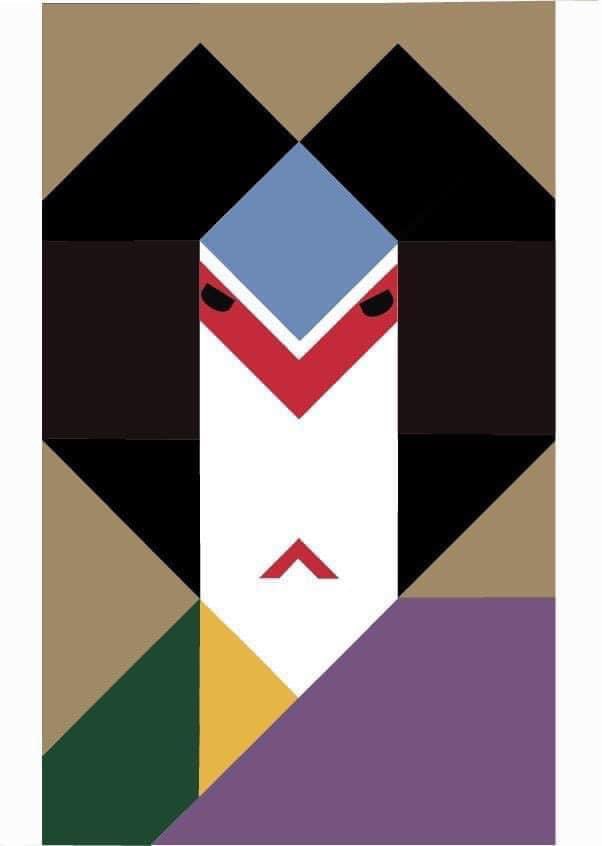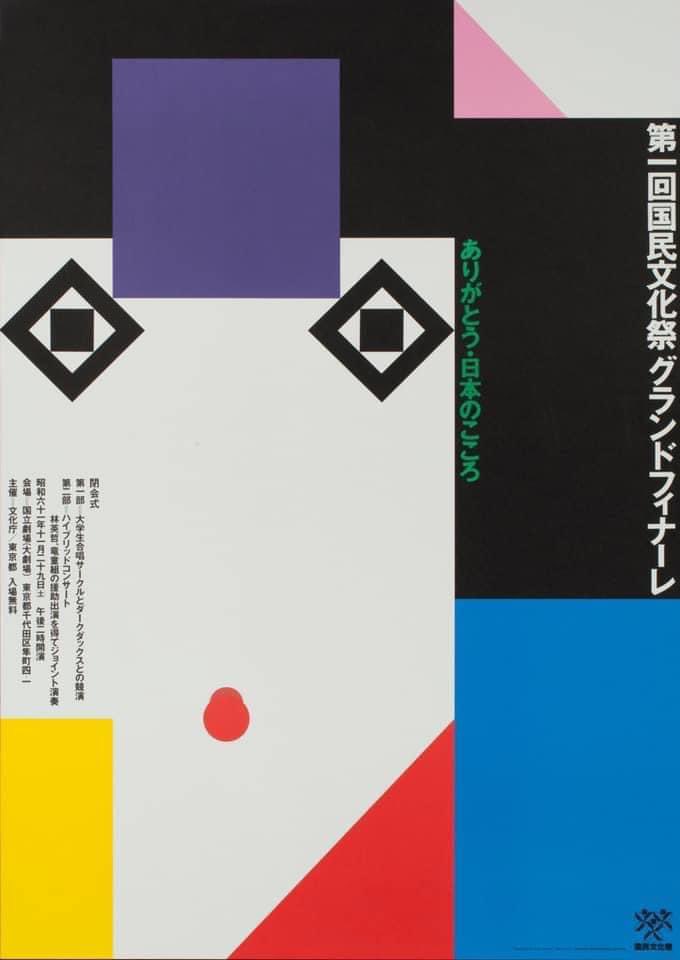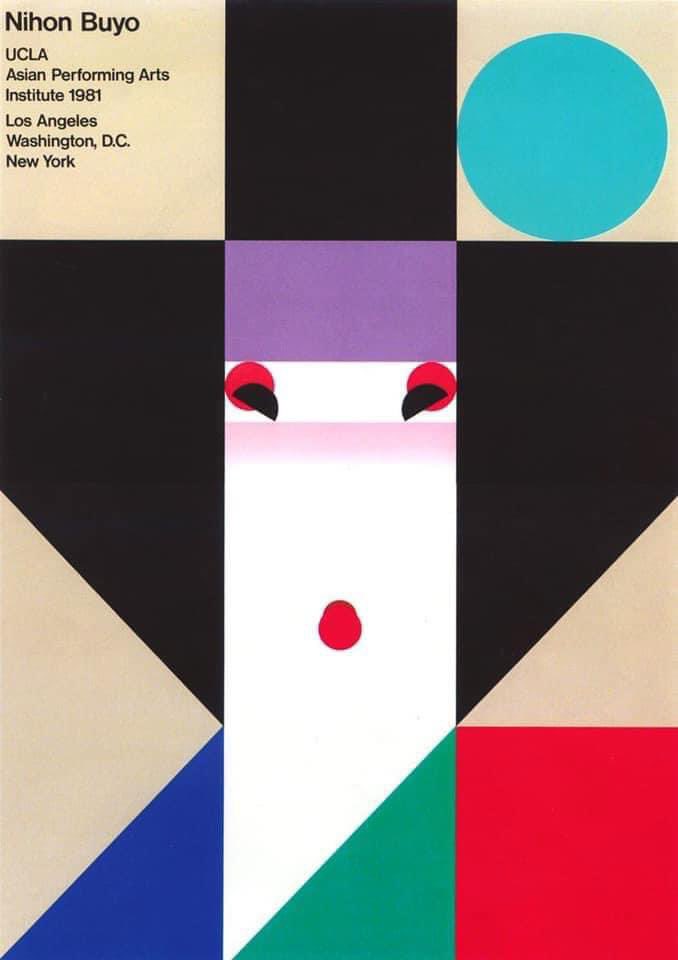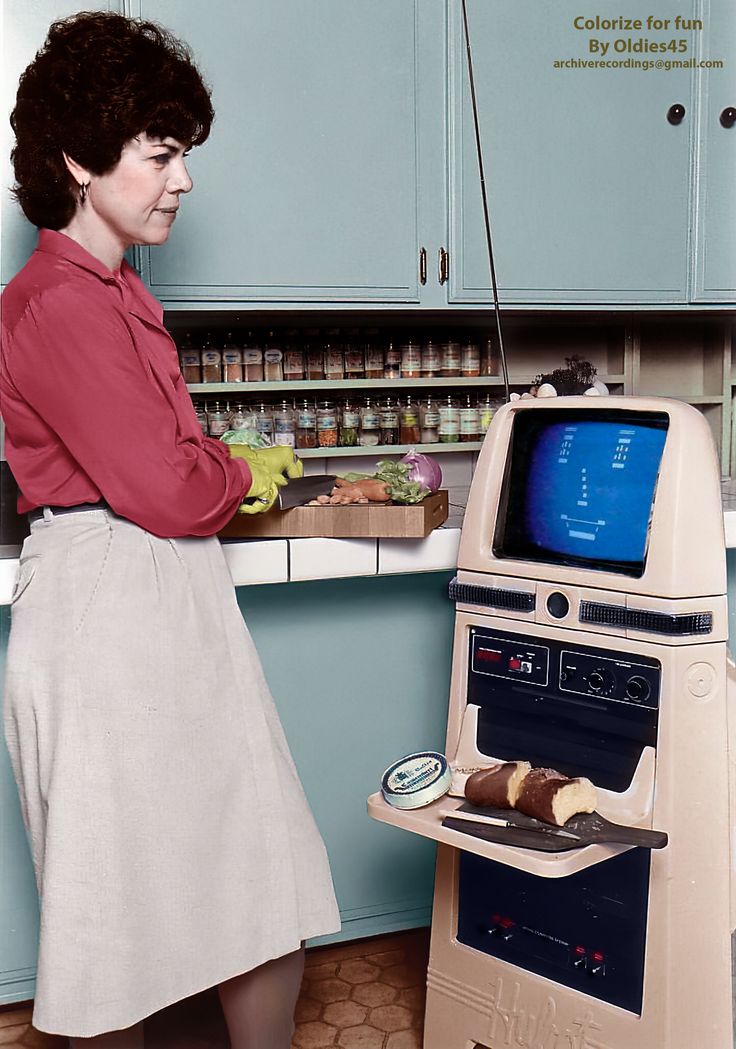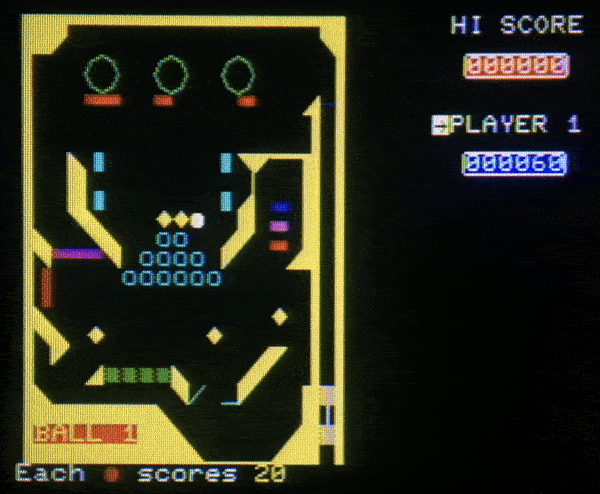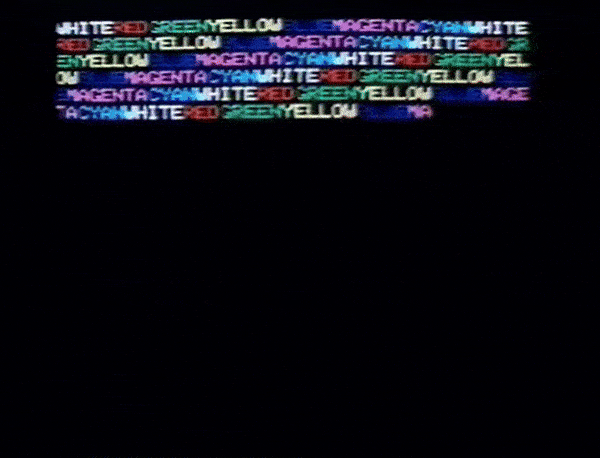Old Commodore 64 BBS graphics are not easy to find. A lot of it was probably never saved, and there’s not really any obvious place for it online either. So I was thrilled to get a whole bunch disk images from Sixx: more than 1,000 PETSCII graphics and animations! I’ve gone through it, removed duplicates, identified artists, etc, and captured it as images and videos. I’m not done yet, but I’m presenting it as is.
- Full archive as C64 disk images or captures (work in progress).
- Help and info is welcome! -> infoATgoto80DOTcom
Big thanks to Baracuda at c64.ch for helping out to find artist names for a bunch of acronyms. <3
Context
I got 22 C64-disks from my good friend SiXX, who thinks he got them a long time ago from DemongerX, who passed away in 2023. Dated works range from 1986 to 1993, and most of them are probably from USA. Canada is represented, and a few other countries (Germany, Turkey, Denmark, Sweden..).
A majority of it seems to be BBS-stuff. Some of it is clearly scene-related (wares mostly, I think) and some is not. Online services like QuantumLink (which later became AOL) are mentioned, so some of the graphics could have apperared there. Sometimes the graphics were released as executable files, like CG-Slides. And perhaps some of the graphics were made offline and not part of any scene at all, who knows?
These graphics were almost certainly typed by hand, character by character, on a Commodore 64/128. No mouse, and maybe not even basic copy paste functions.
Although I call this PETSCII graphics, the BBS-world prefers the term C/G, which is short for either Color Graphics, Commodore Graphics or Character Graphics. More on that towards the end.
On screens and ads
The opening screens of a BBS are sometimes called ‘on screens’ on the disks, so I’ll go with that. Some of the images below are are probably ads posted on other boards – it’s hard to say. If you want more of these, you can search the archive for BBS.
Note that the captions contain links (in bold text).
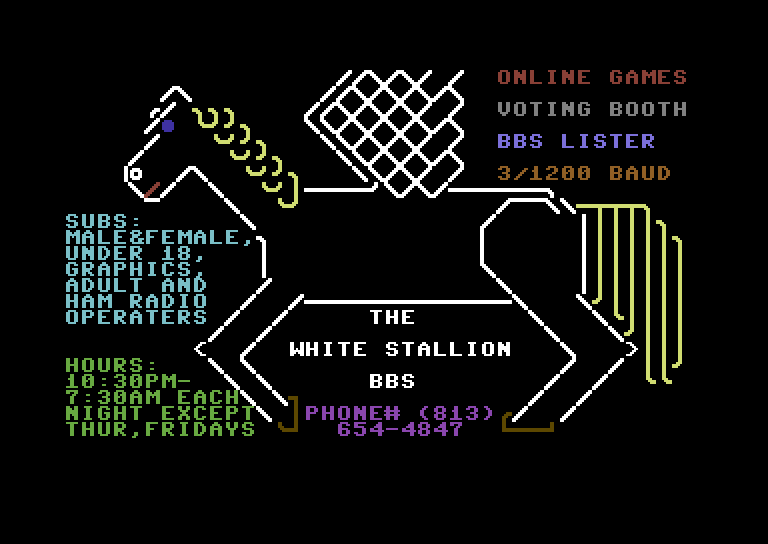
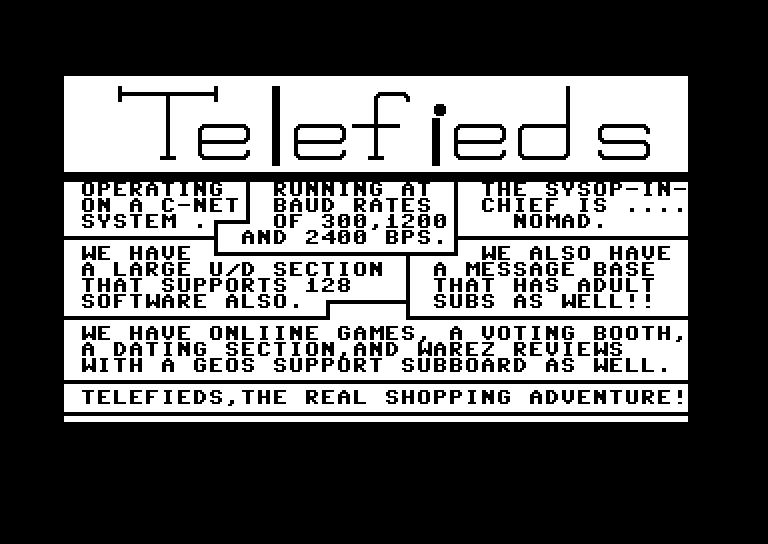
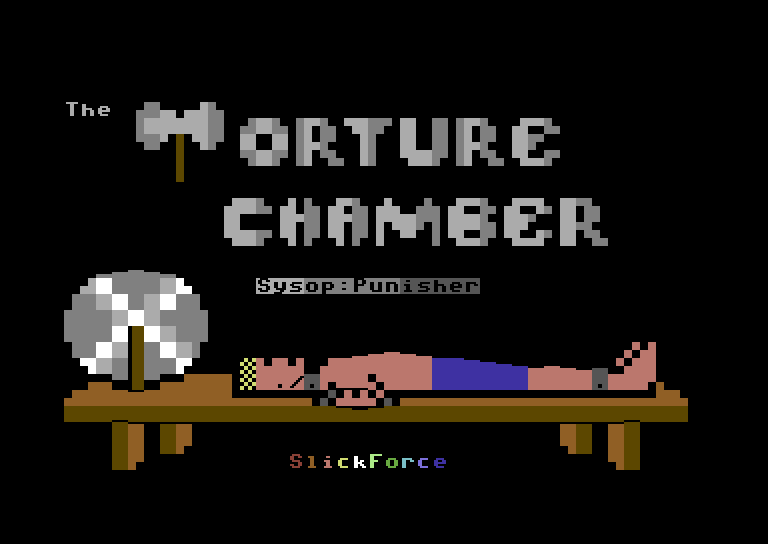
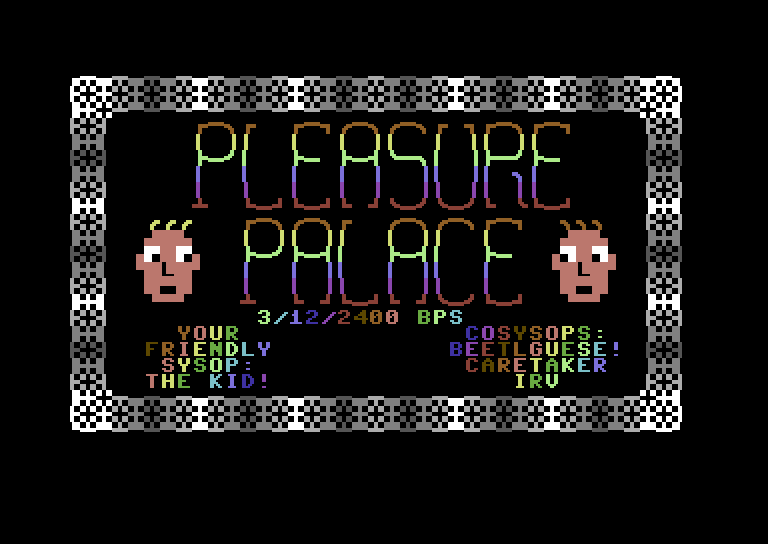
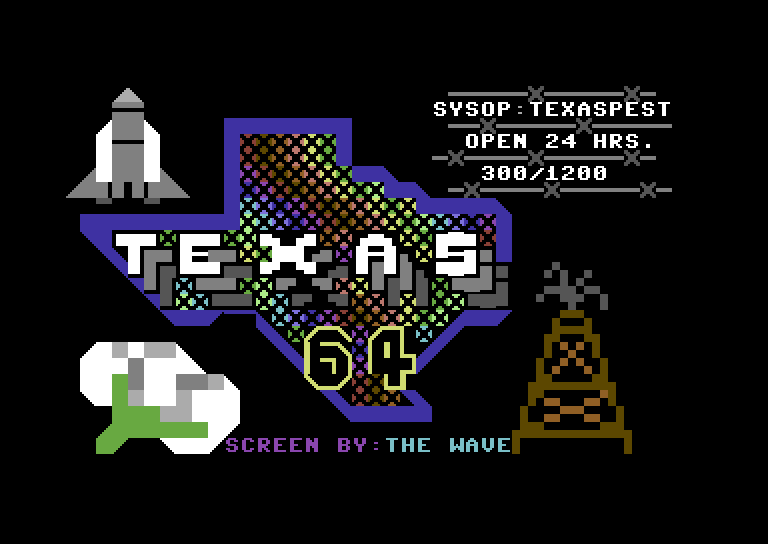
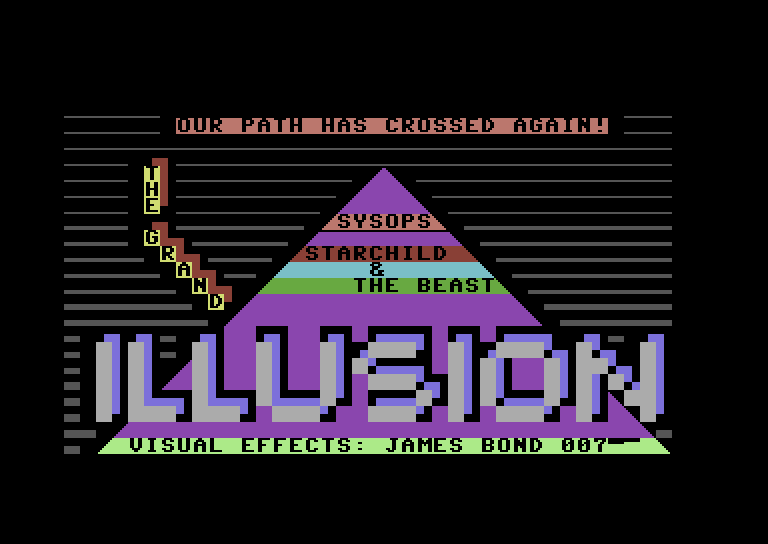
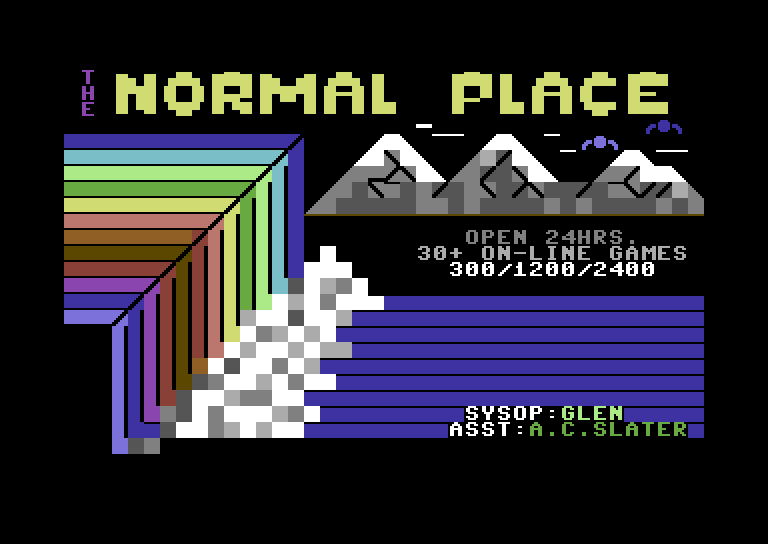
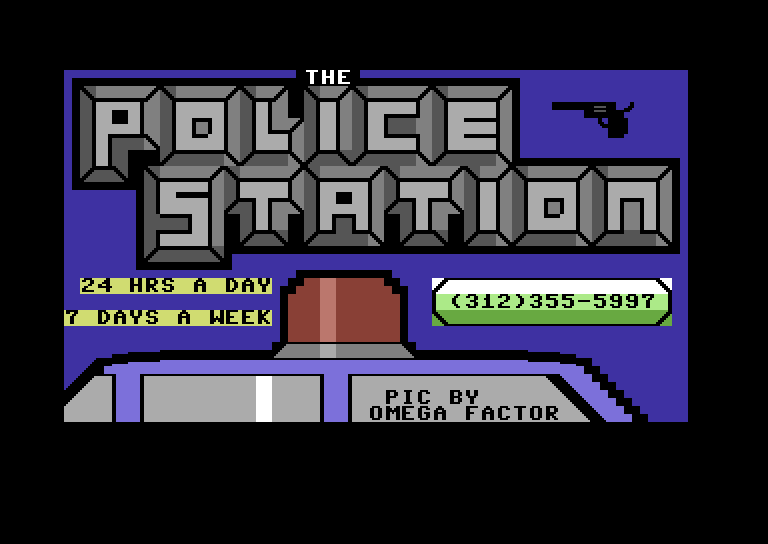
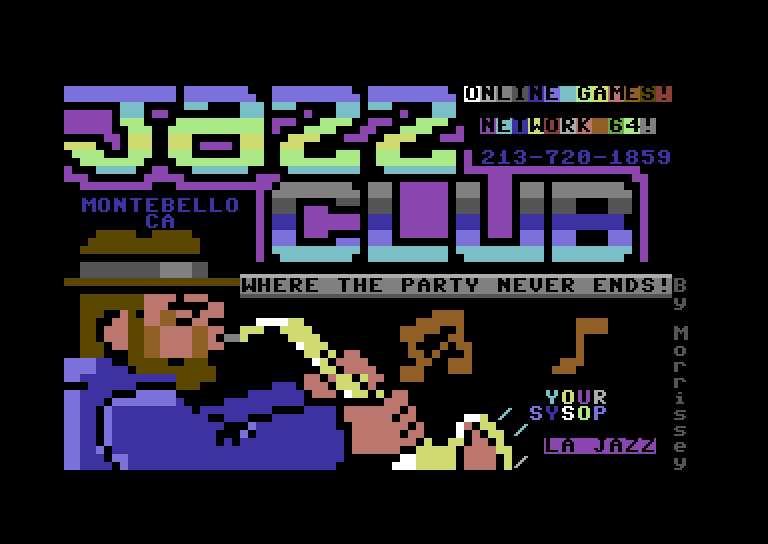
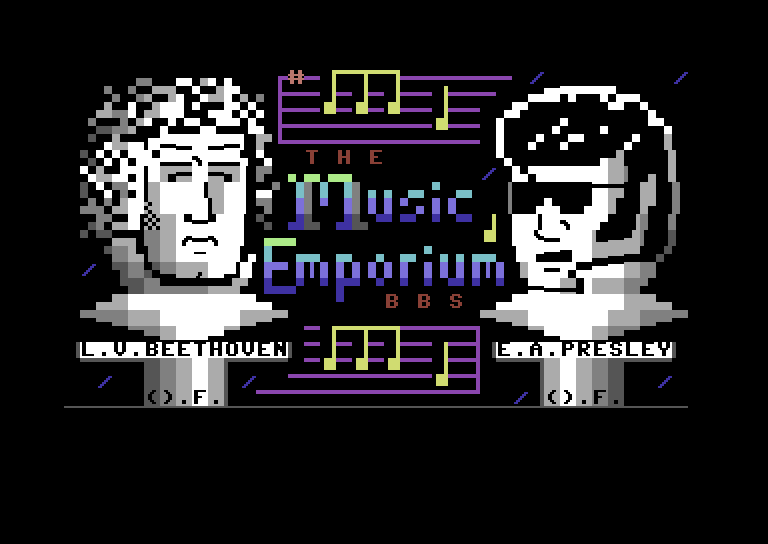
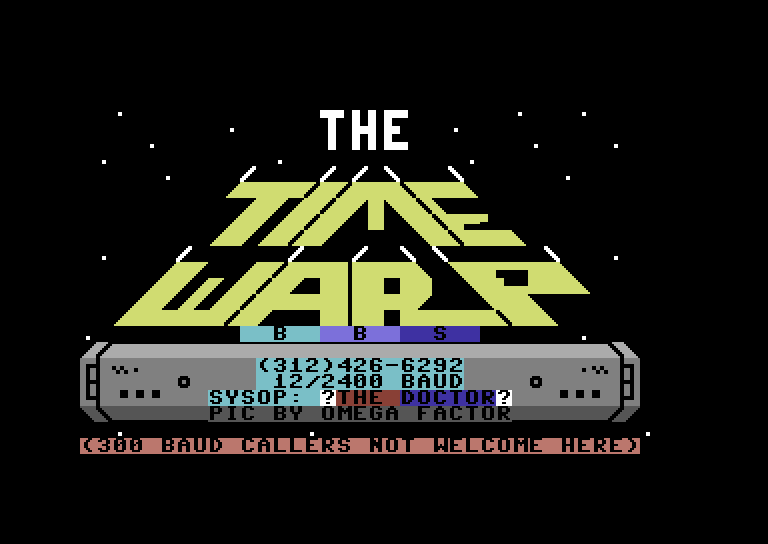
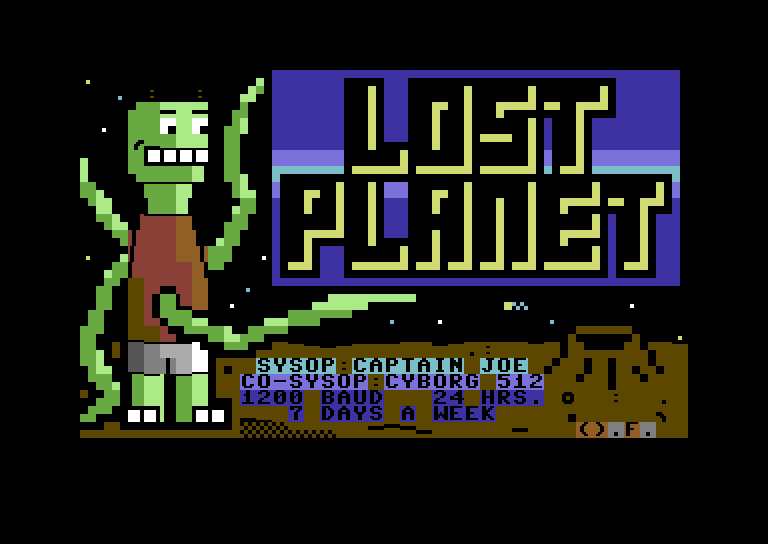
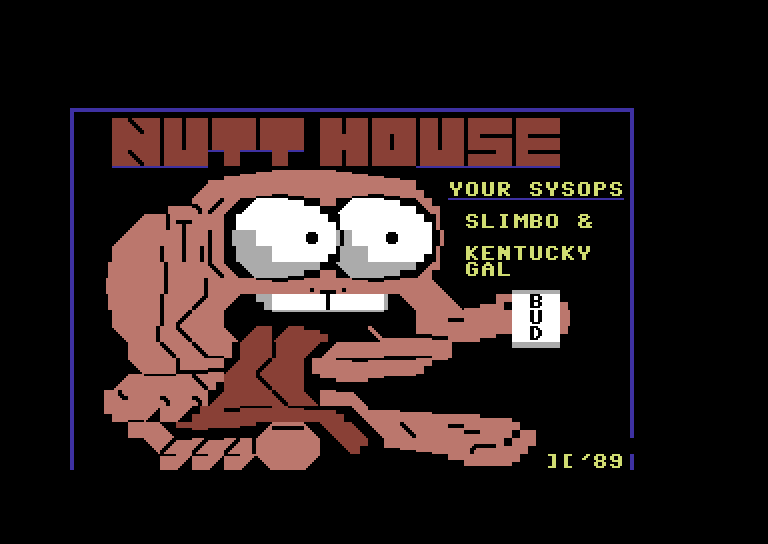
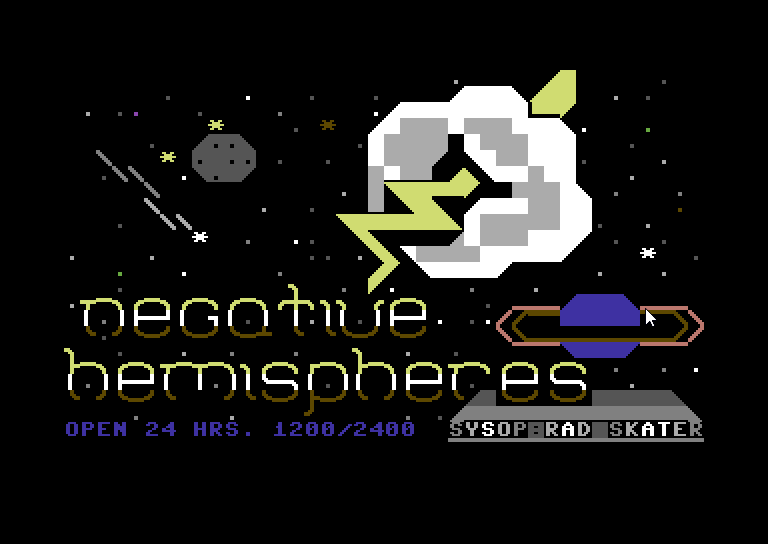
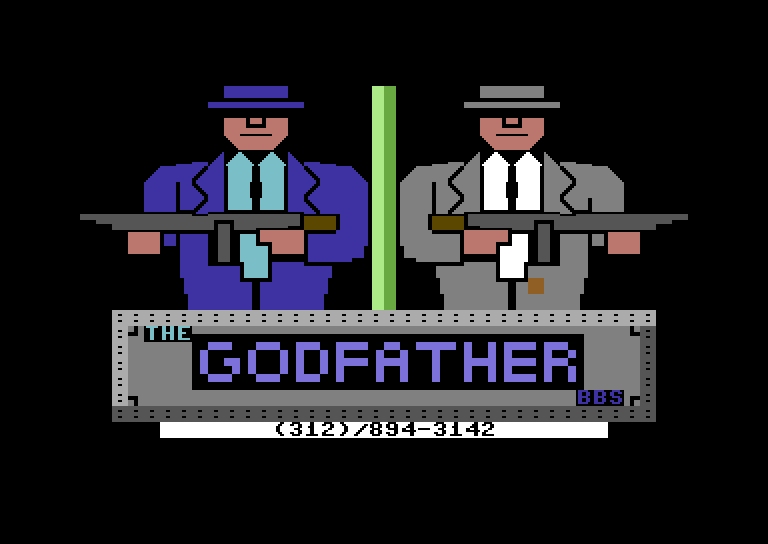
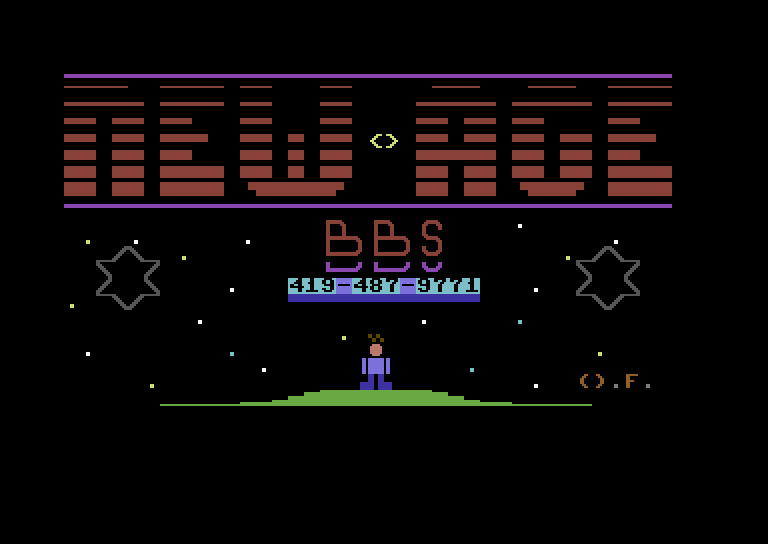
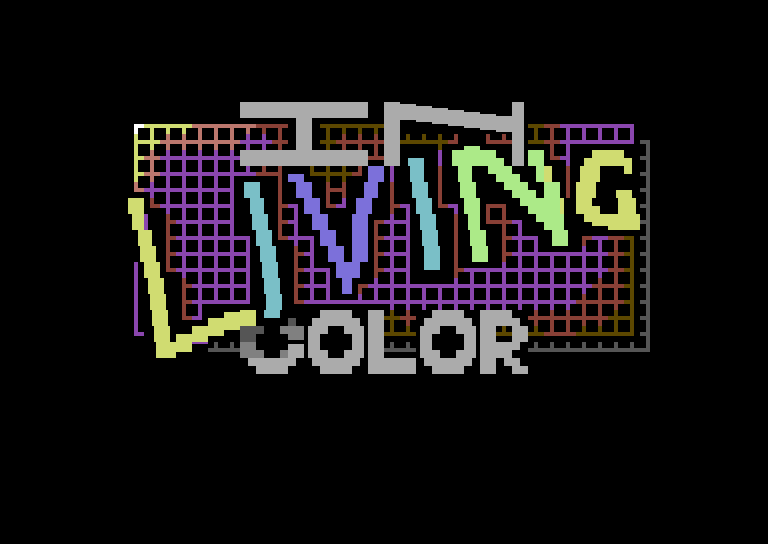
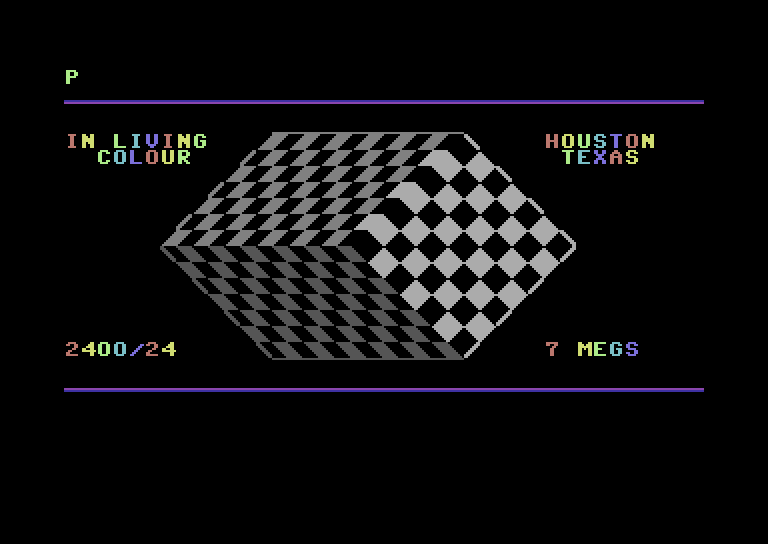
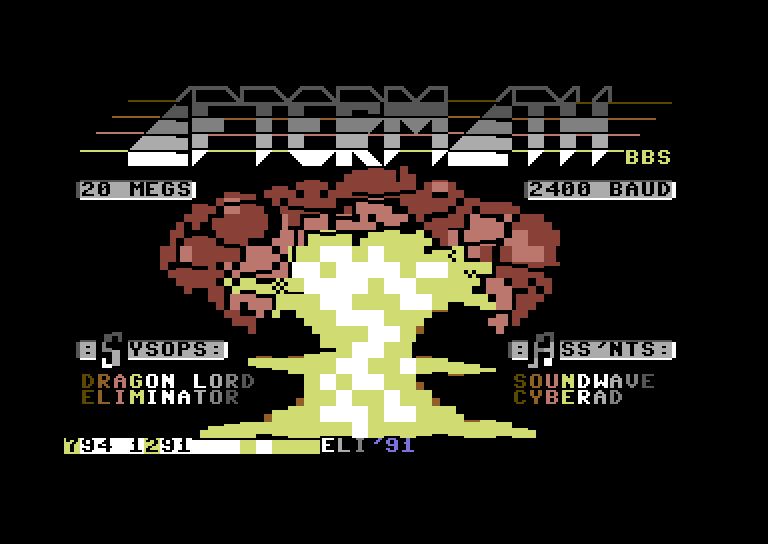
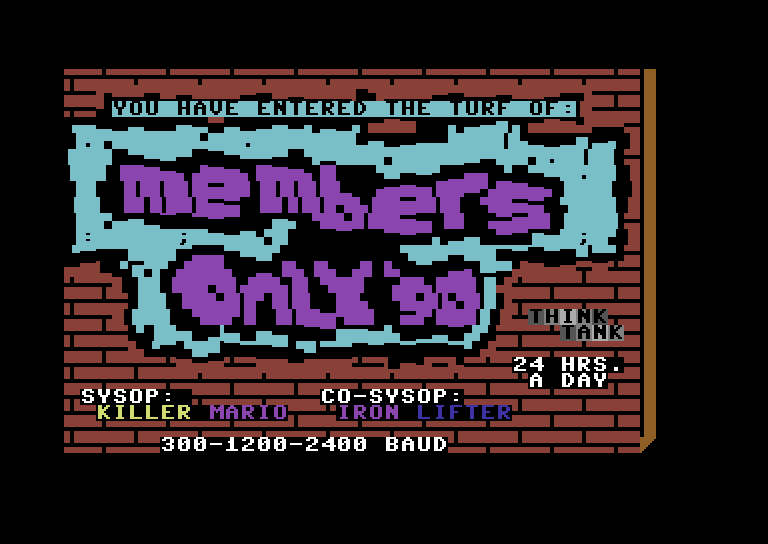
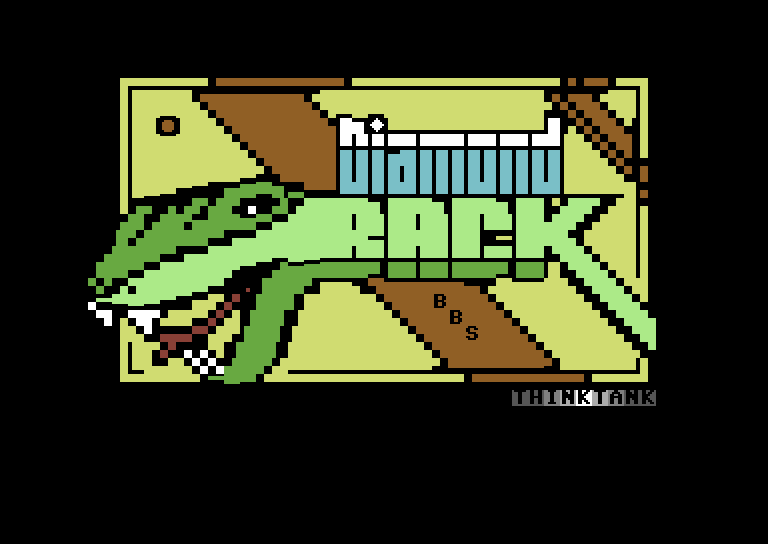
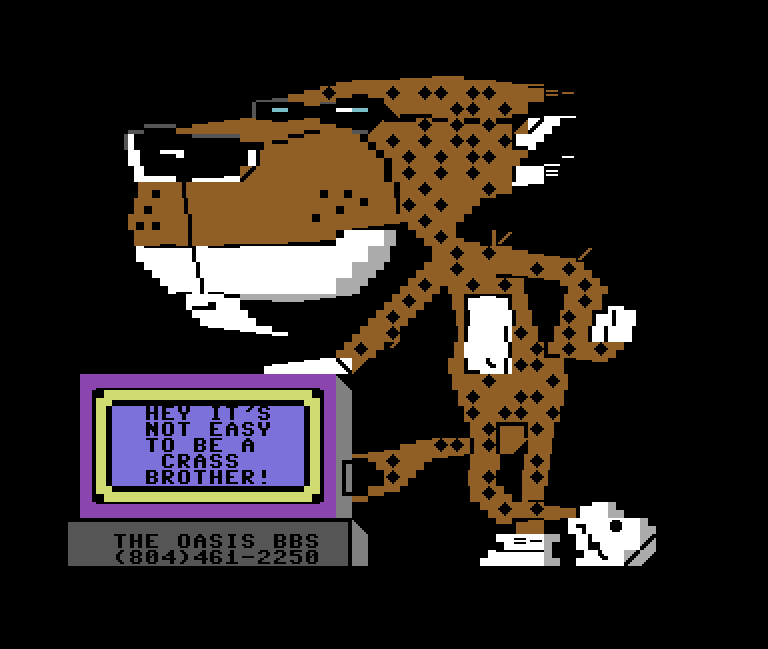
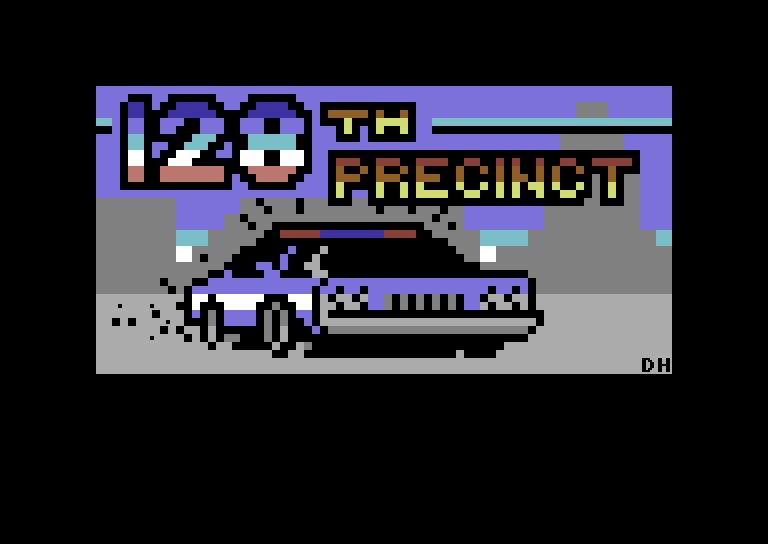
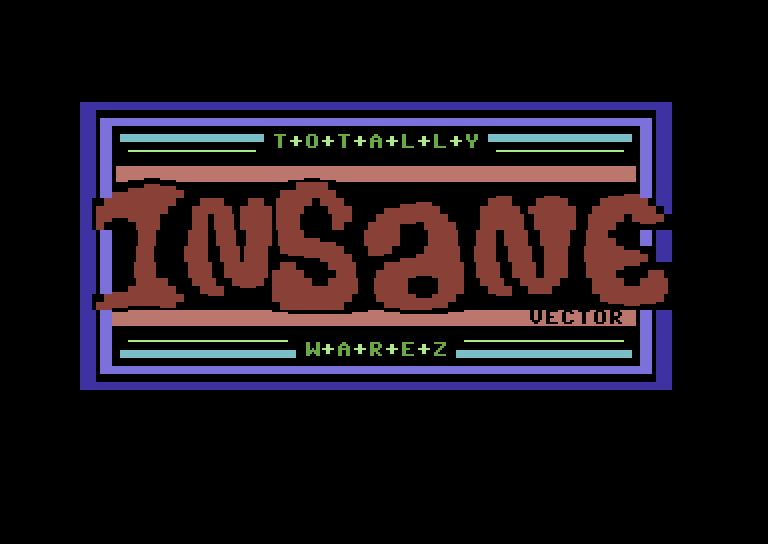
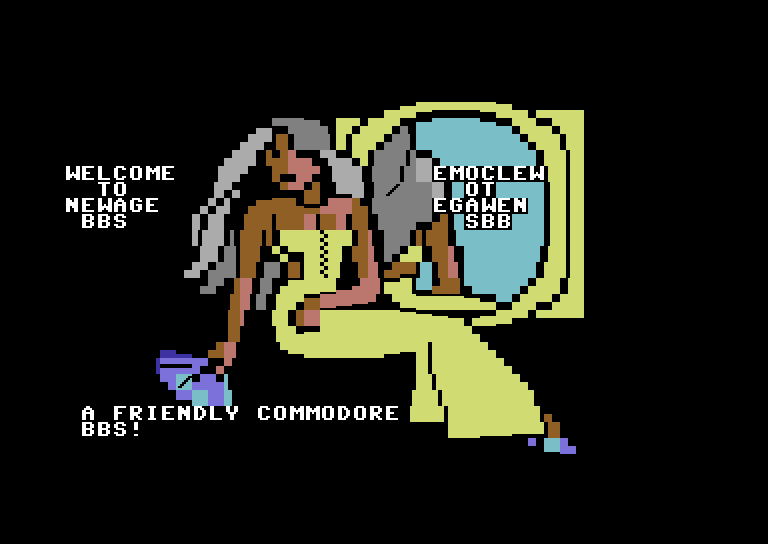
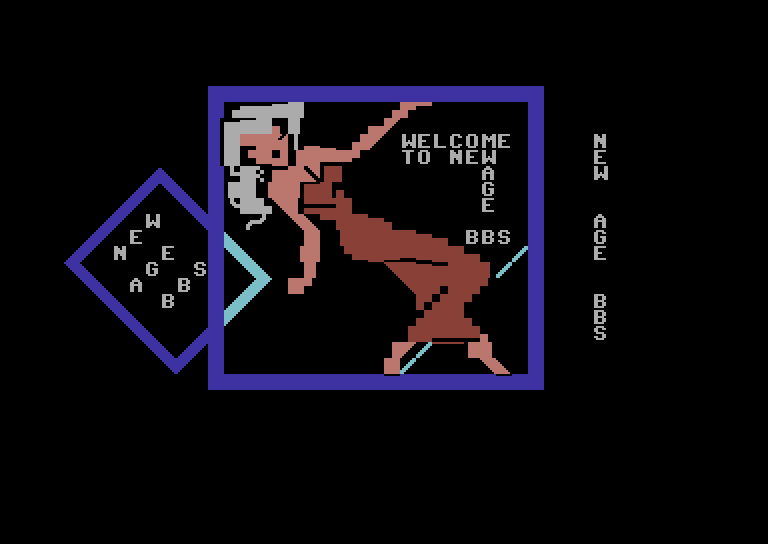
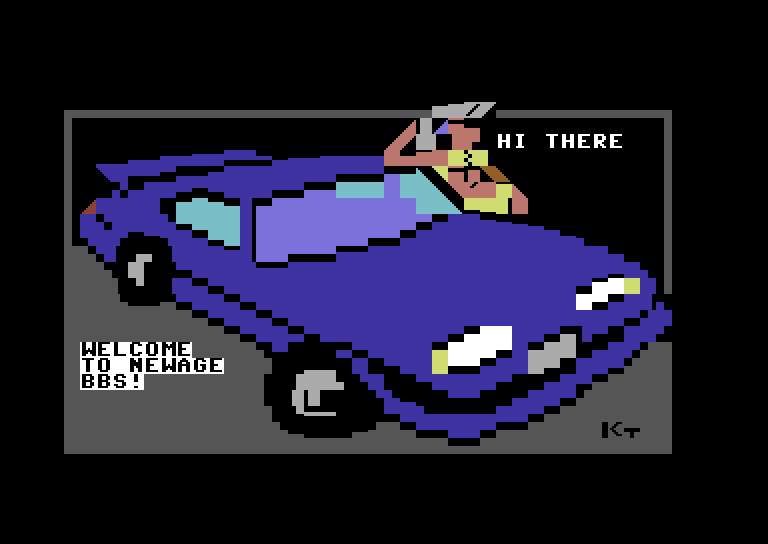
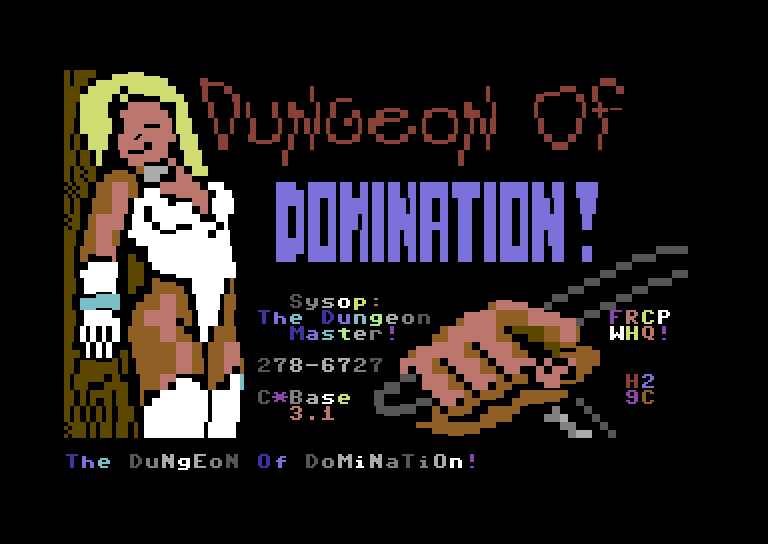
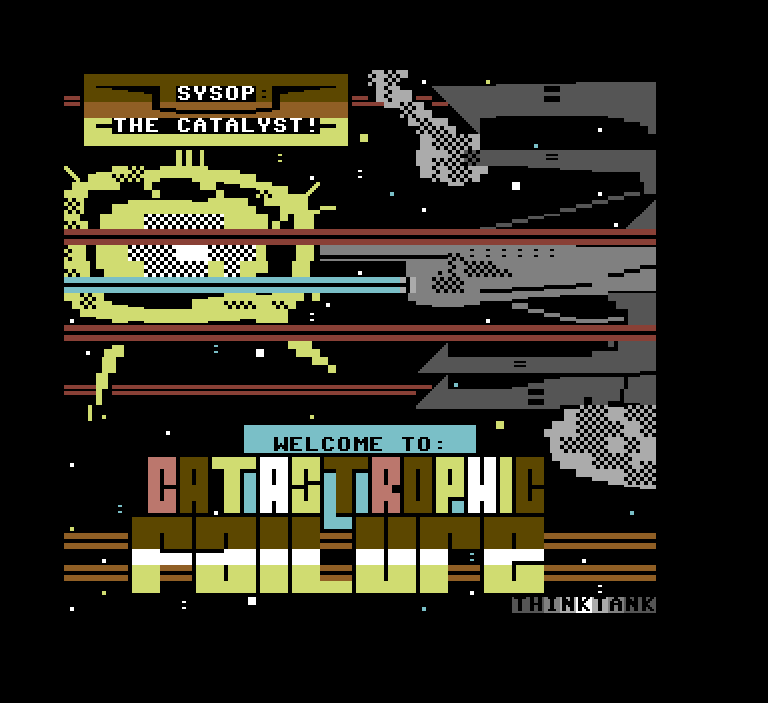
Multiscreen elite
There’s a handful of multiscreen graphics for scene boards, listed on CSDb as either illegal or warez related. I’ve stitched them together as single images, and they remind me a lot of ANSI graphics from the early 1990s. In fact, even in contemporary ANSI it’s quite common to see these angry faces, skulls and swords.
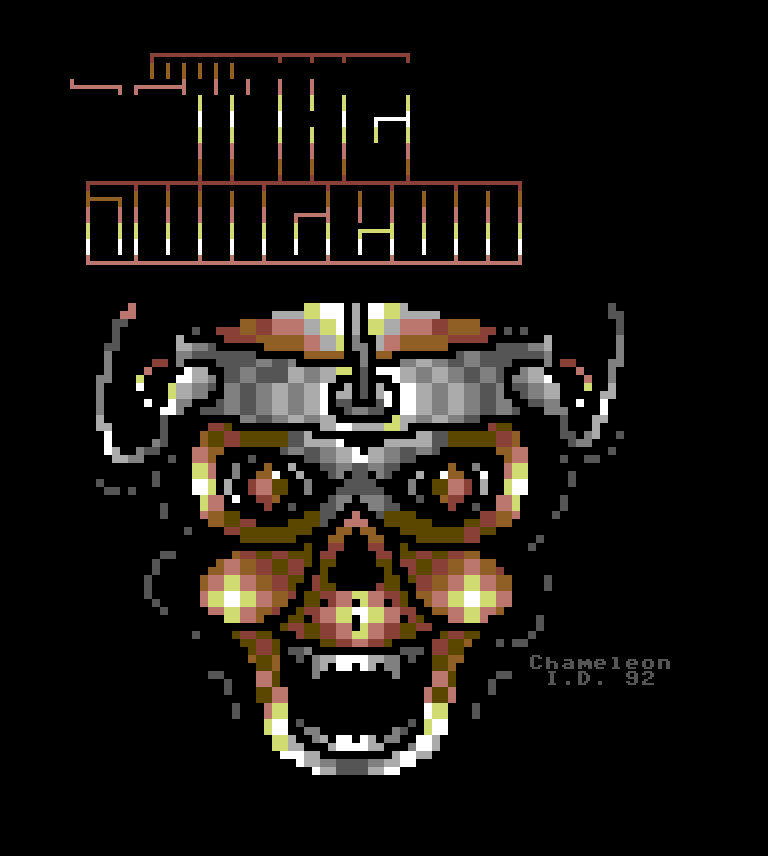
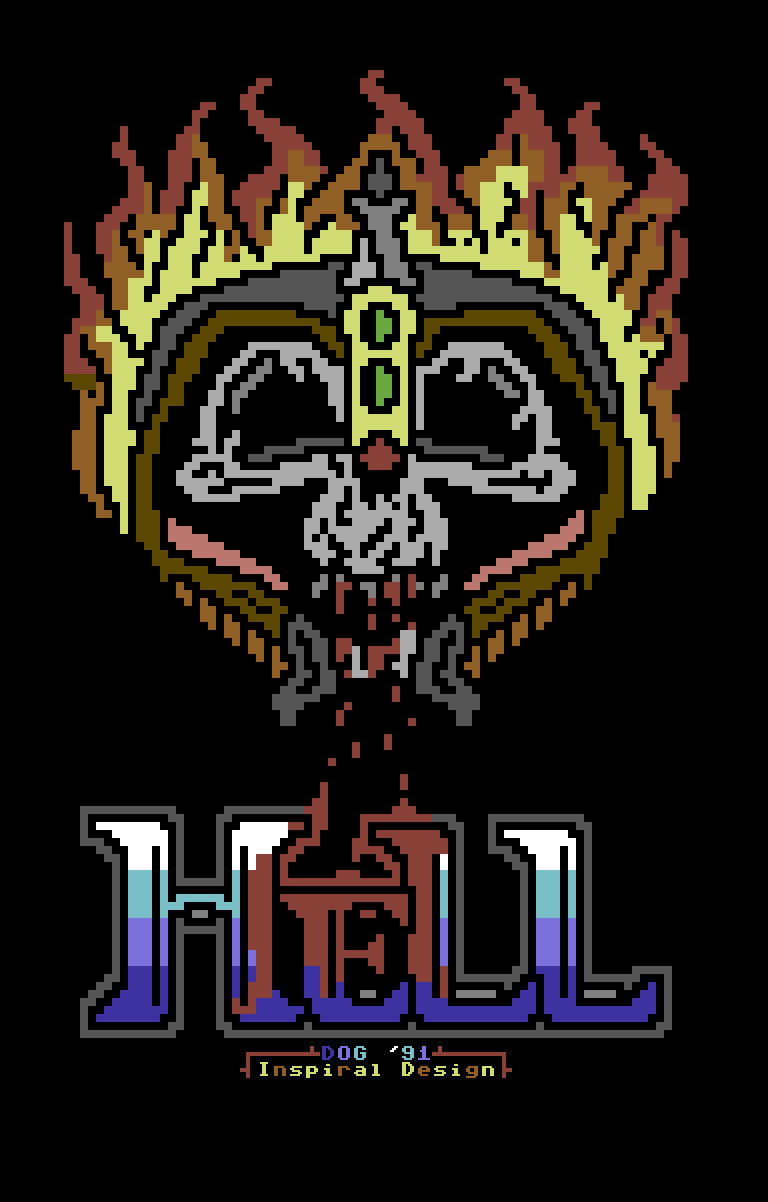
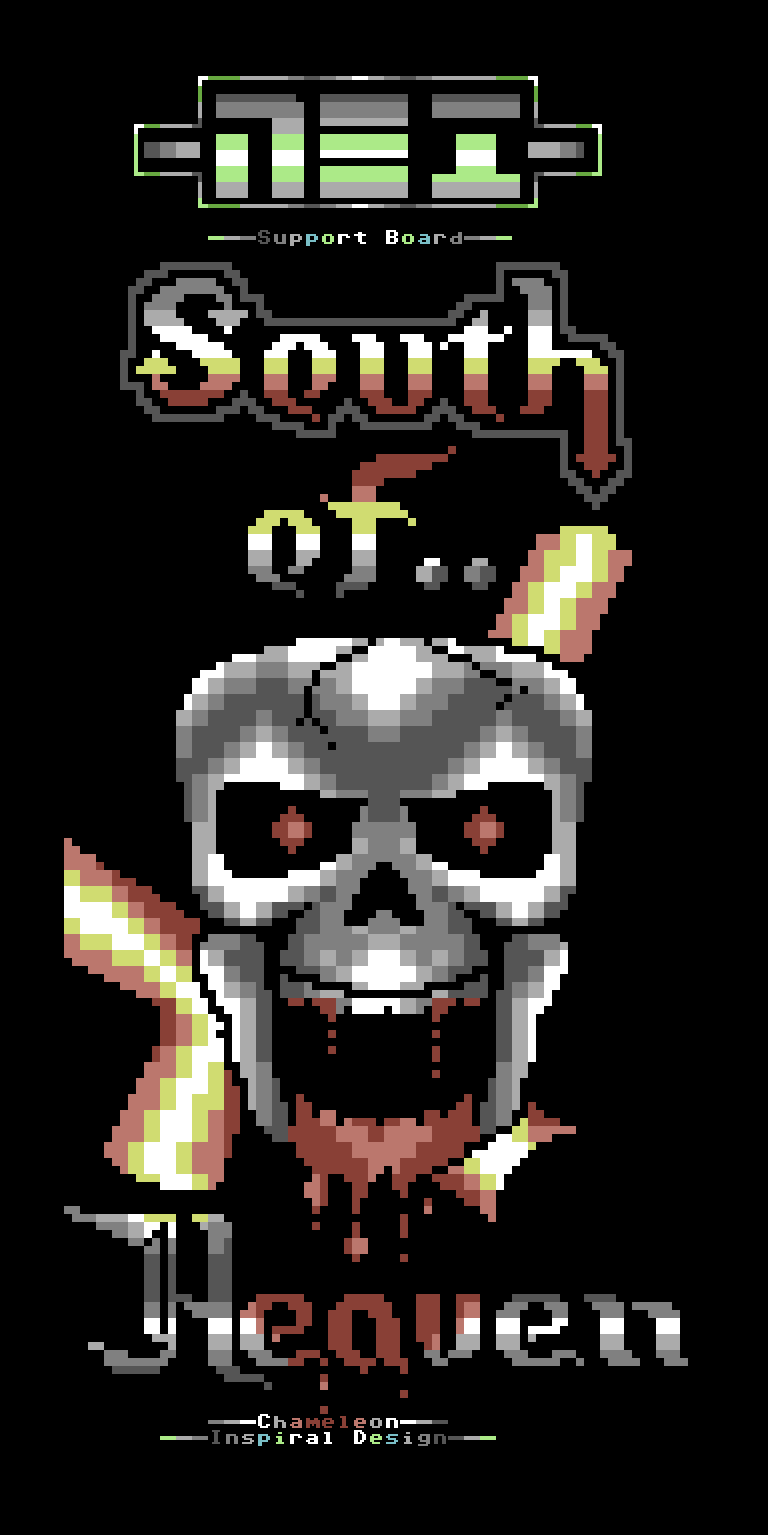
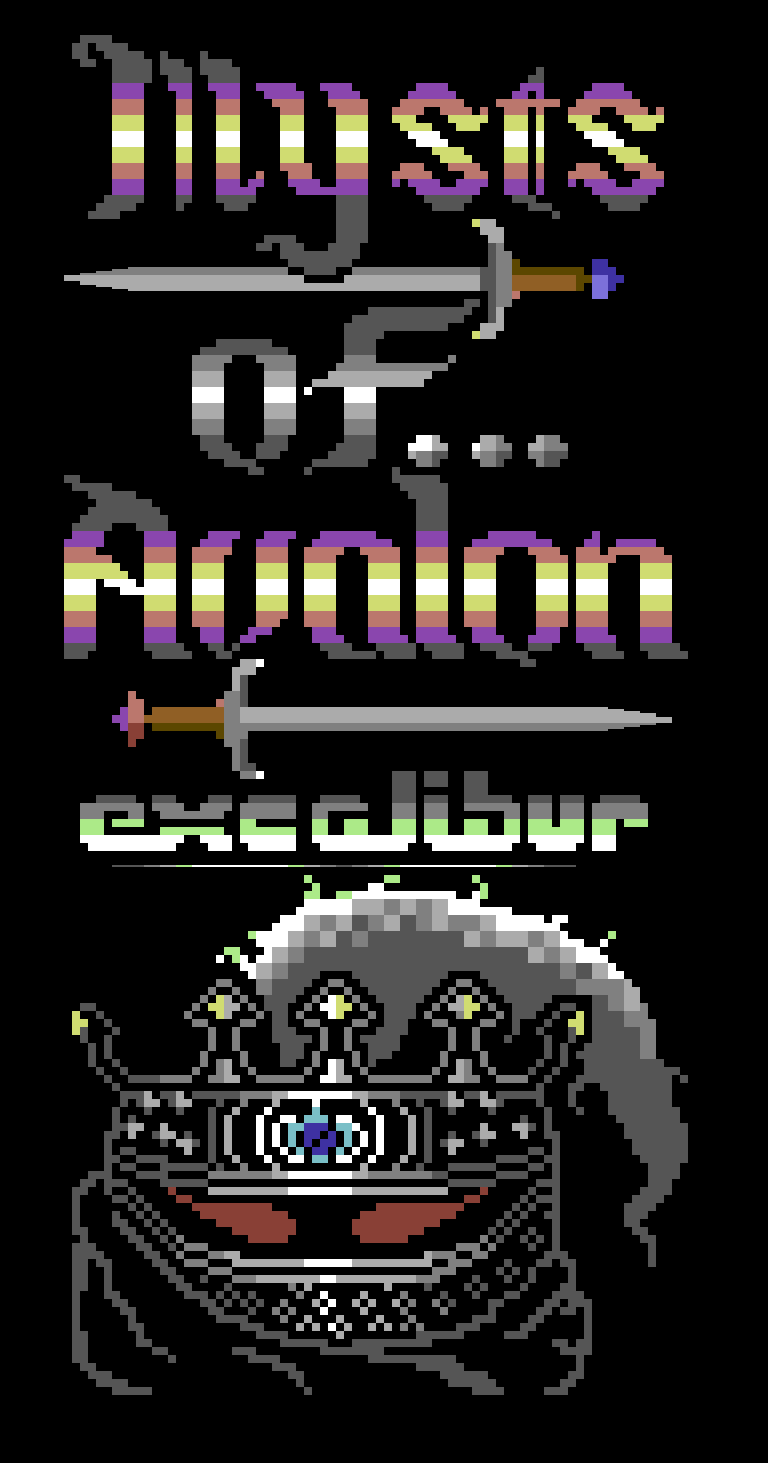
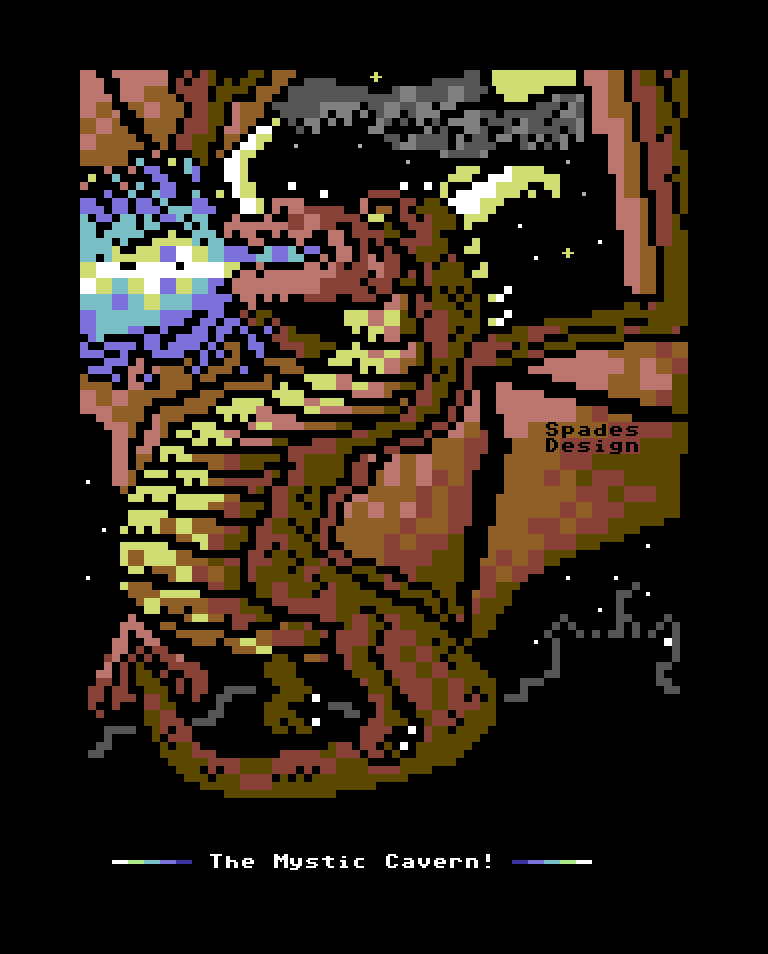
Life sucks, abandon all hope
Yeah let’s head deeper into the teenage darkness!
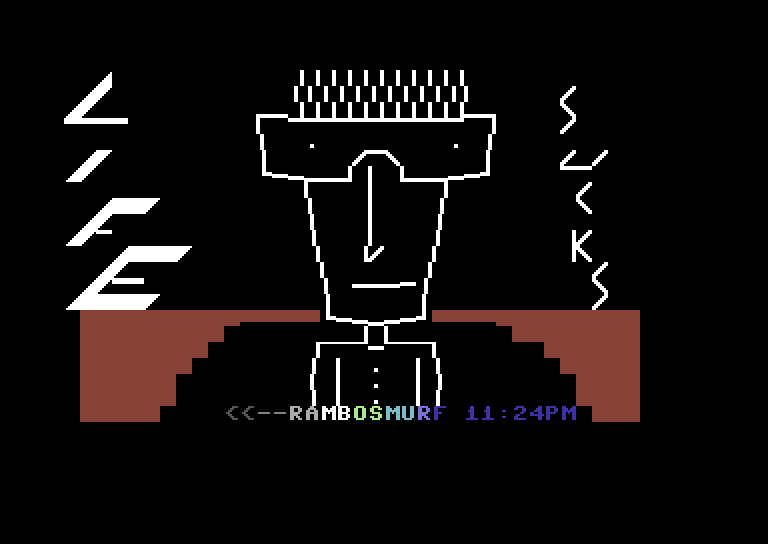
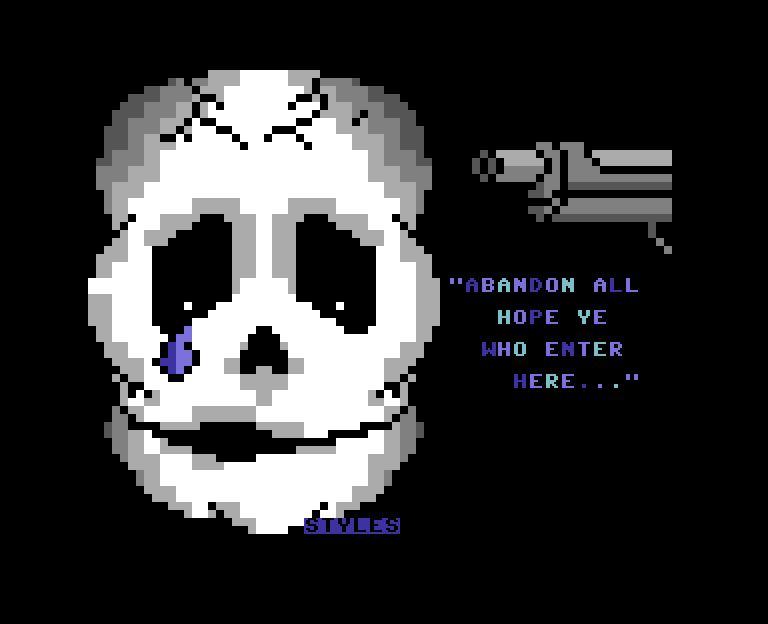
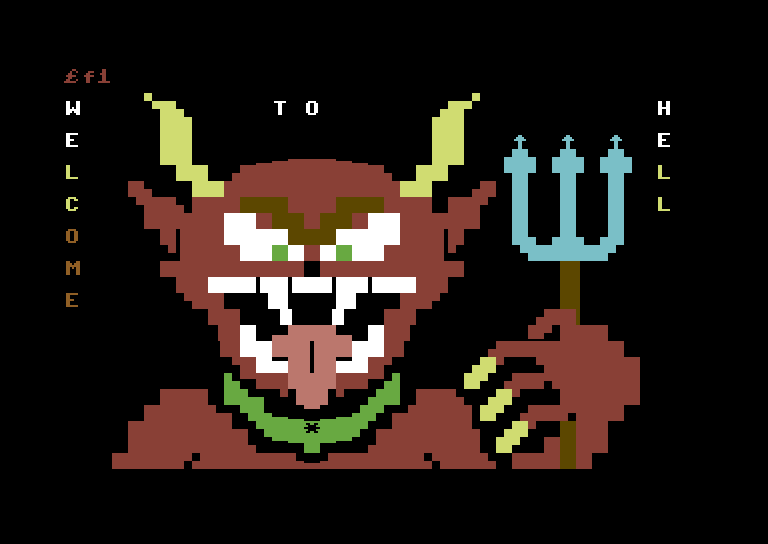
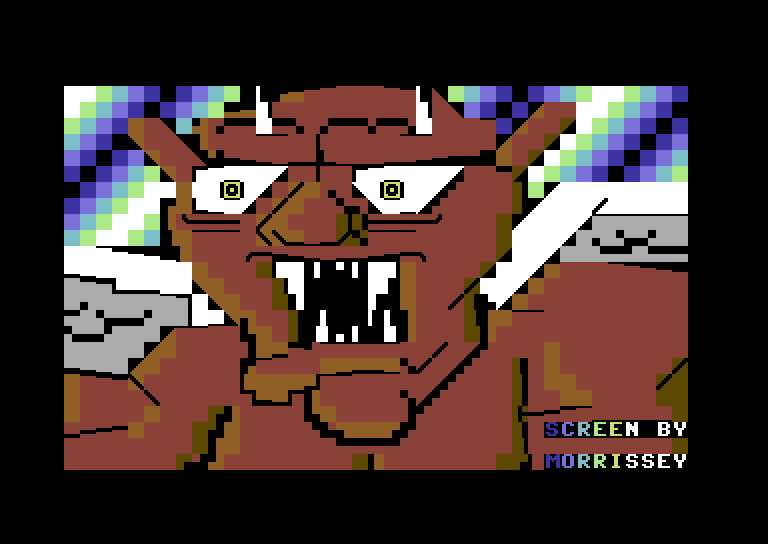
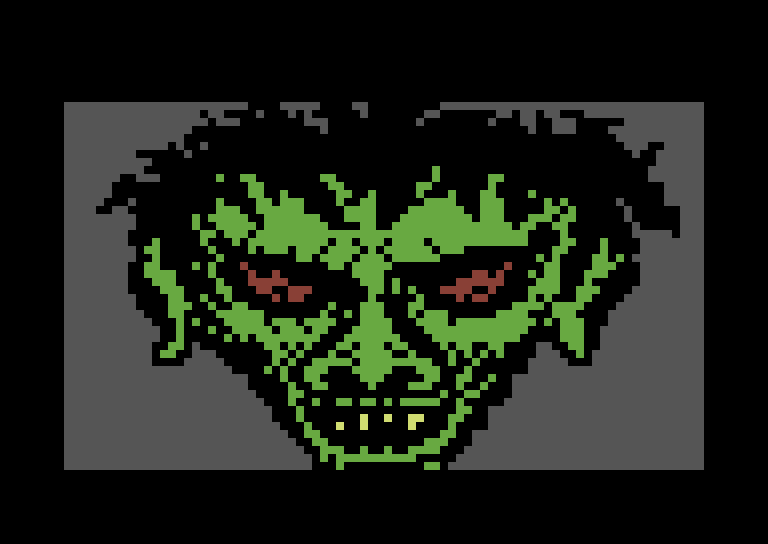
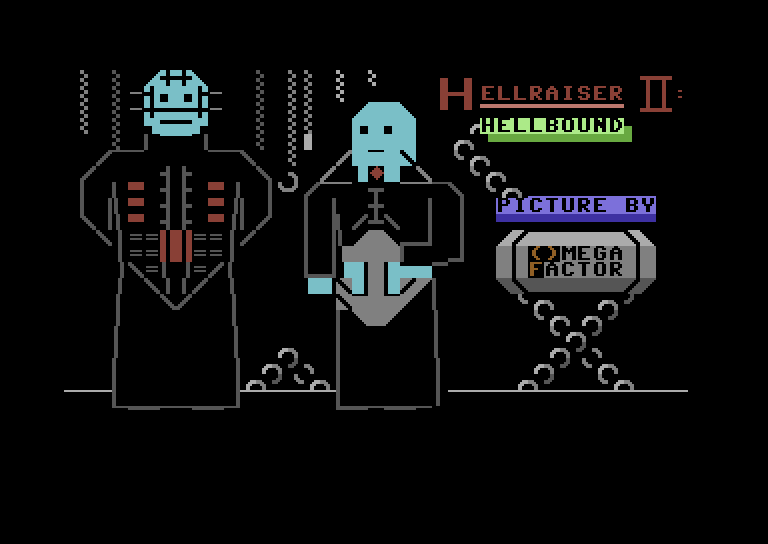
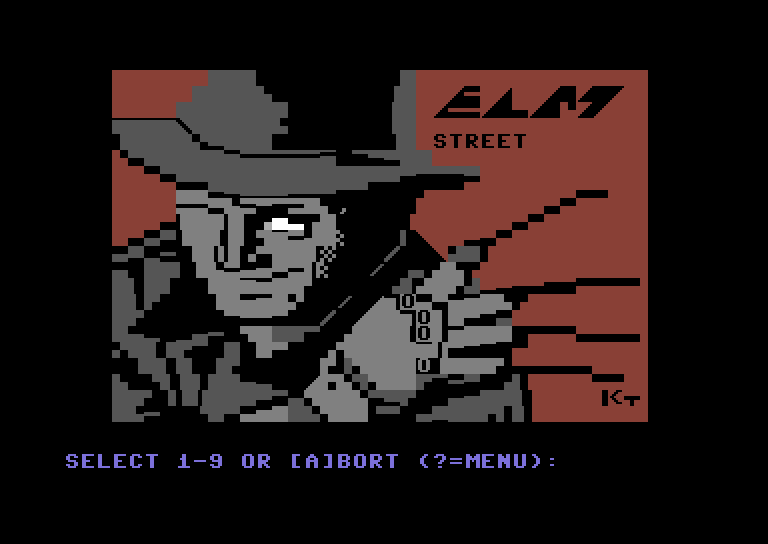

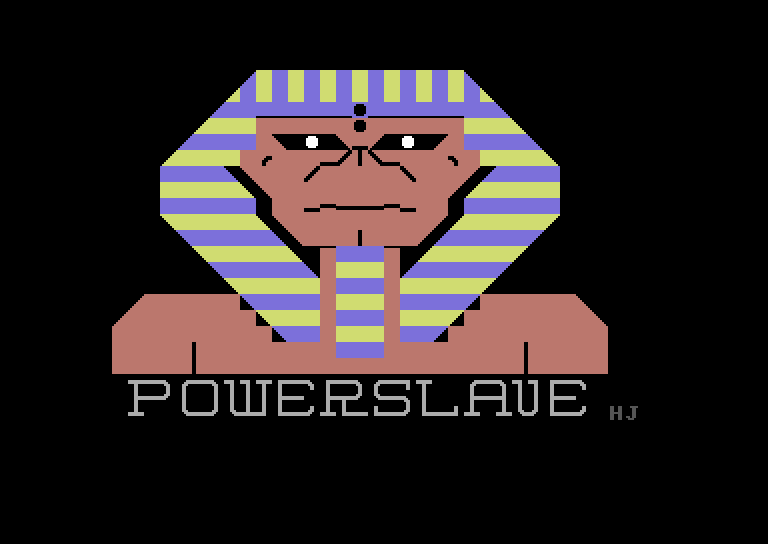
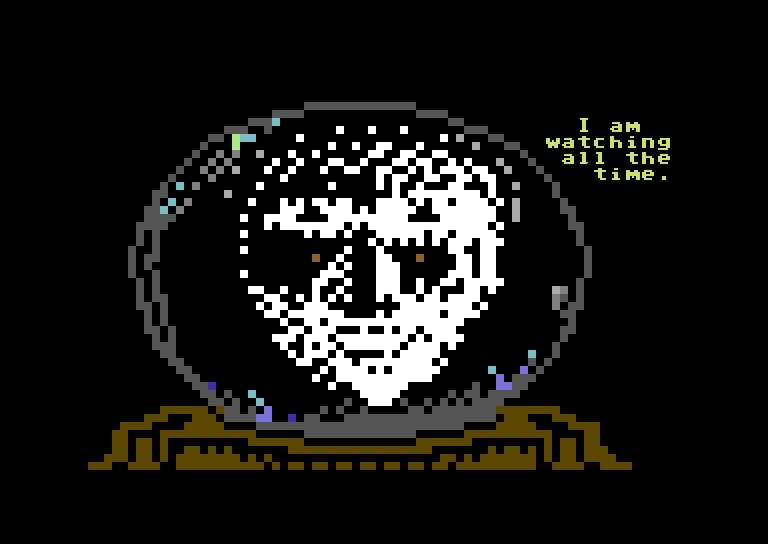
Subs and sysops
Bulletin boards are often organized in subs (sub boards) for things like music, art, sports and movies. Some of the subs are open to anyone, whereas others are more closed, like an elite sub.
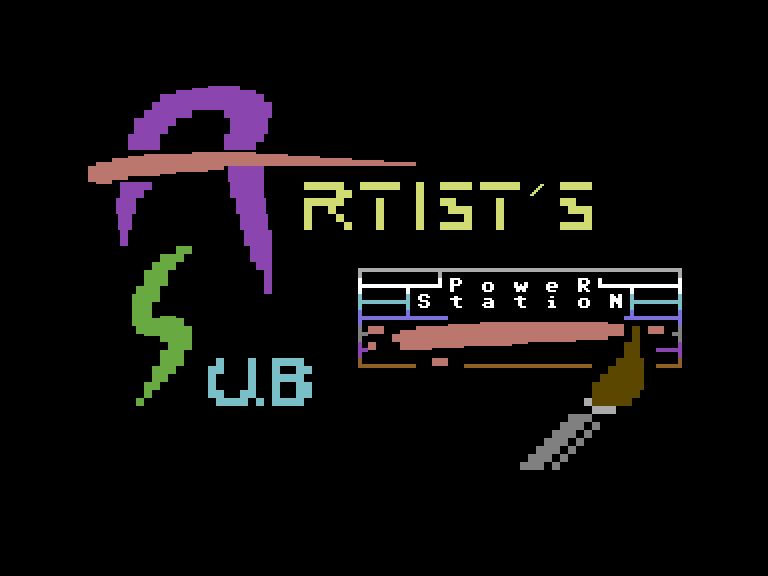
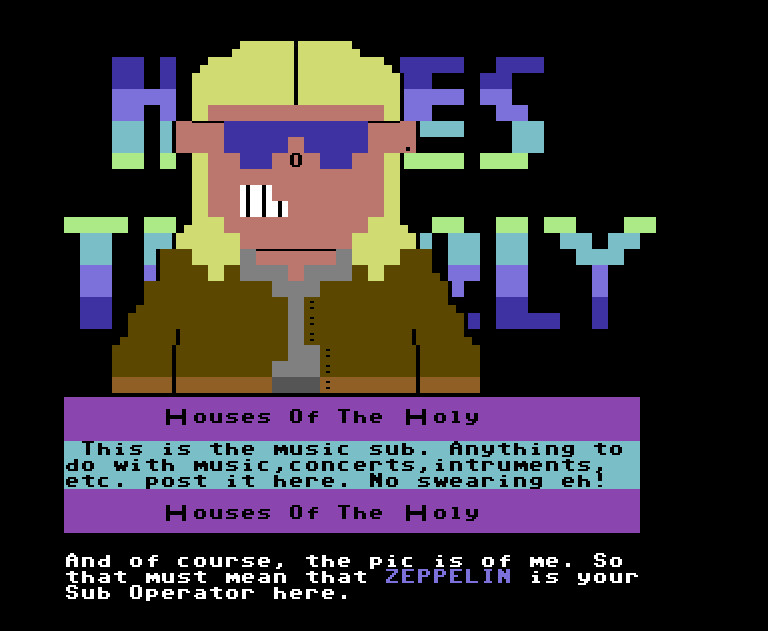
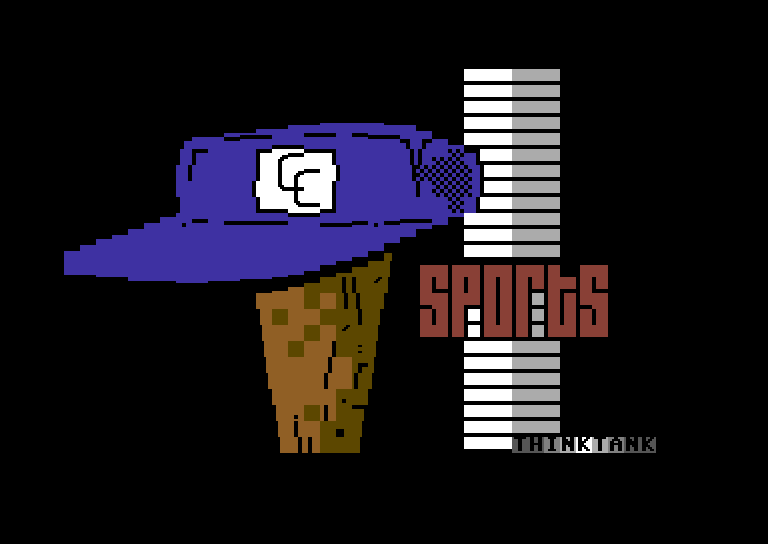
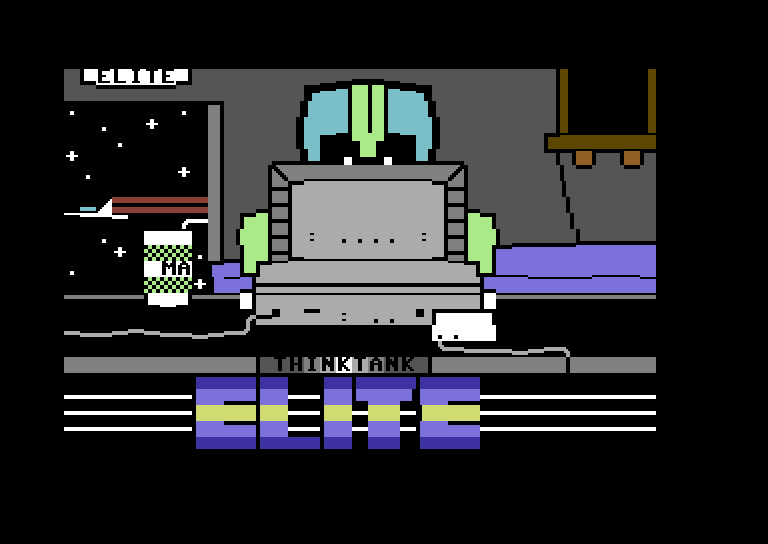

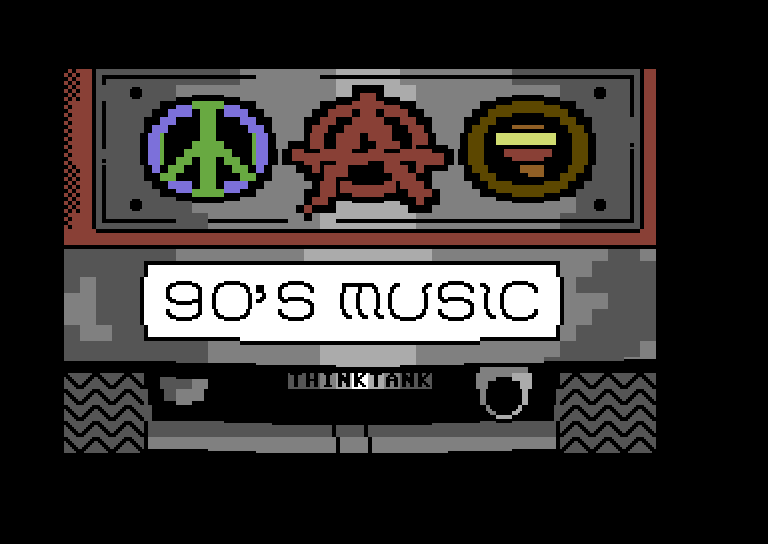
The BBS called Cob’s Corner had a sub called War. This was the only place where vulgarity and insults were allowed, but in the war sub, everything was allowed. It’s an interesting idea to keep the crap locked away, easy to avoid. I wonder how well it worked..

The owner of the BBS is the sysop. At the time, they would’ve had a dedicated computer in their room to run the BBS on, since the C64 can’t really do more than one thing at once. When you logged into their BBS they could follow your every move on the screen, which is actually kind of creepy? I had a small BBS in the 1990s and I was sometimes a creepy observer, because honestly I was happy that someone called. But yeah, big happy sysop is watching you!
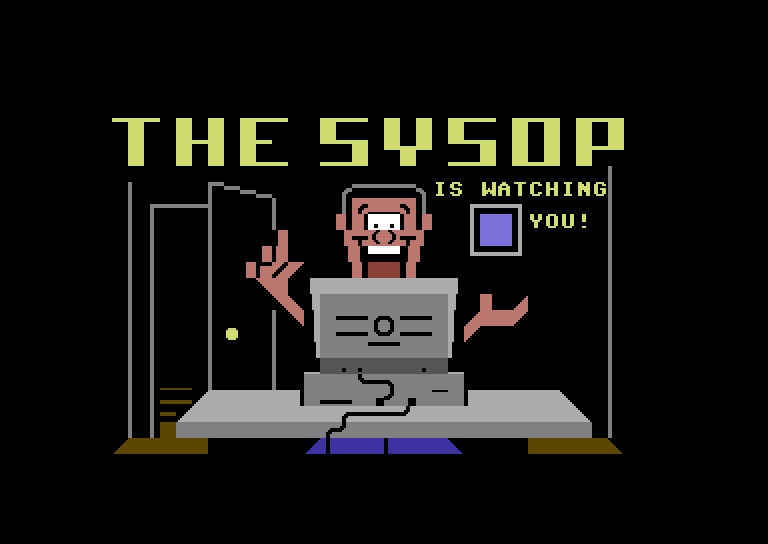
Sysops, like modern day social media, wanted their users to be active. They wanted you to call often, post messages and upload stuff to keep the BBS active. If you were only downloading things, you would be called a leech, or maybe even a lamer!
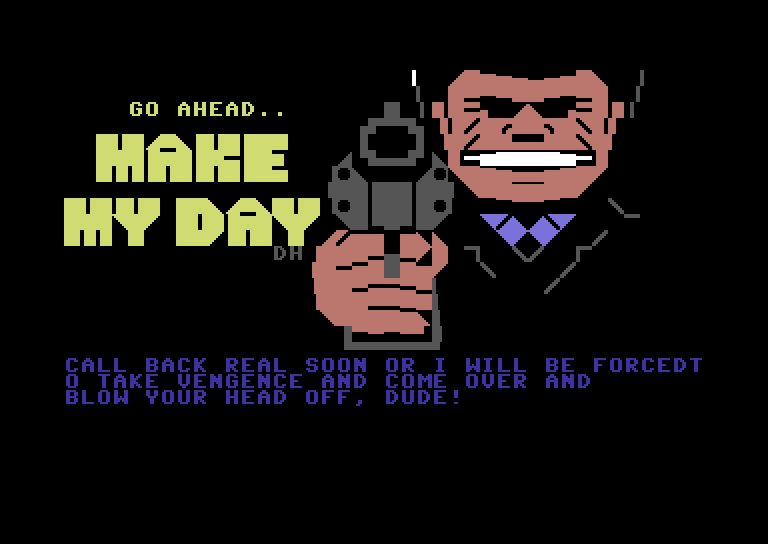
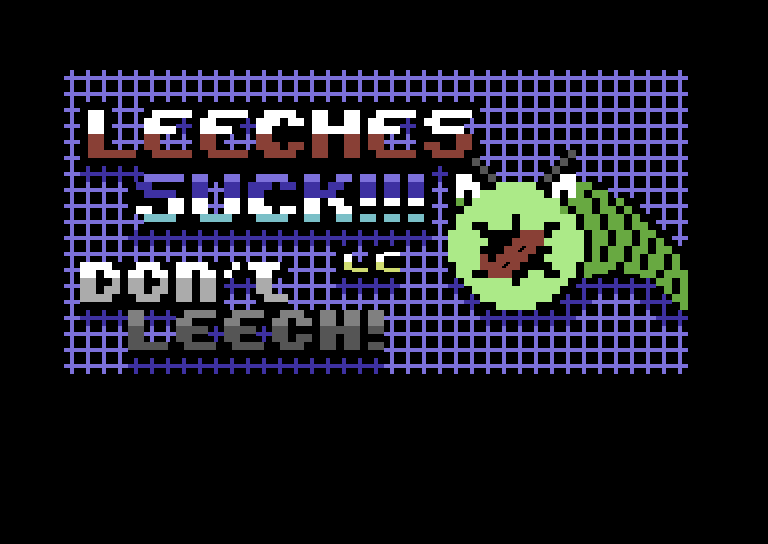
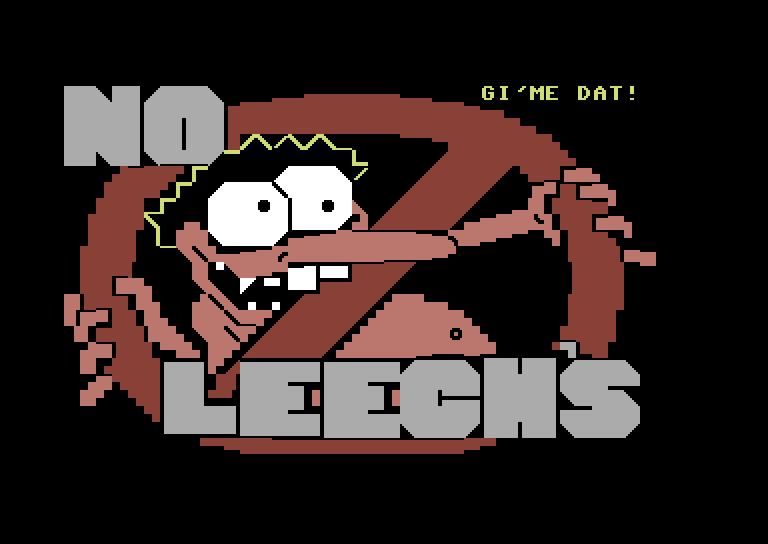
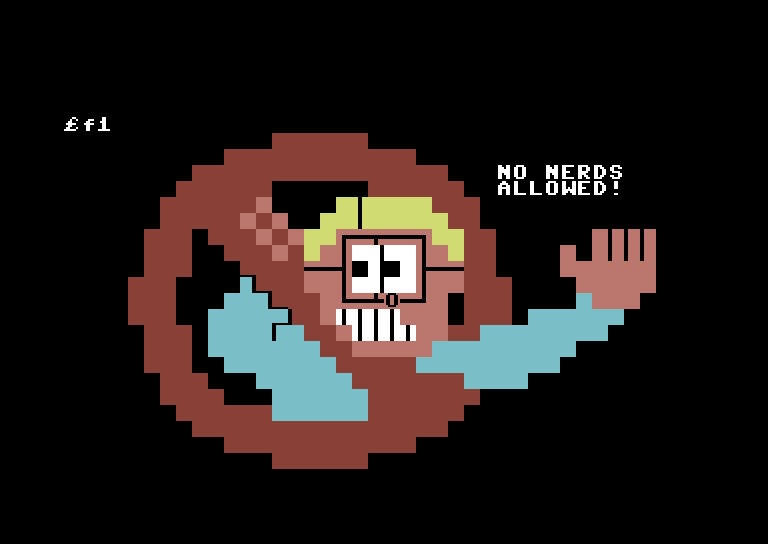

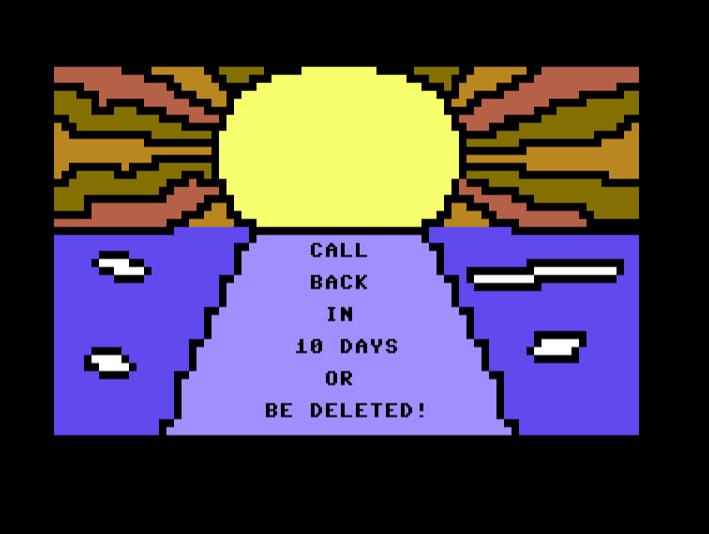
When you paged the sysops for a chat and they were not around, you’d be greeted with stuff like this, (and more exy stuff – search for sysop in the archive).
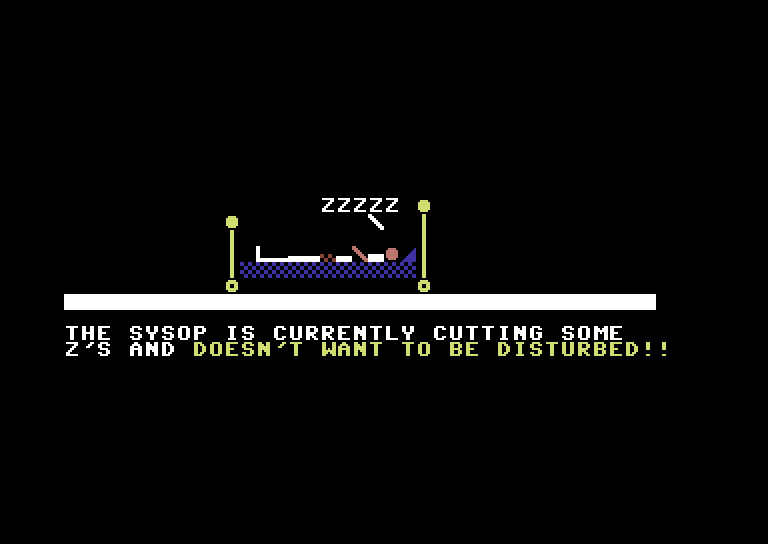
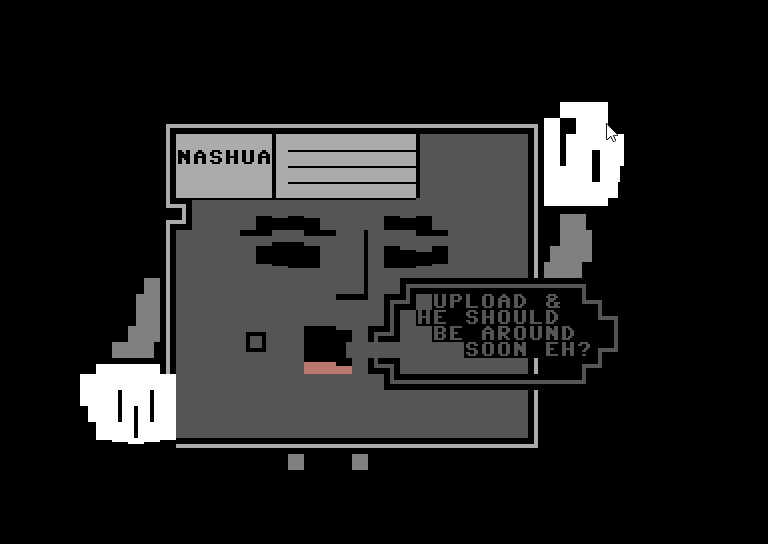
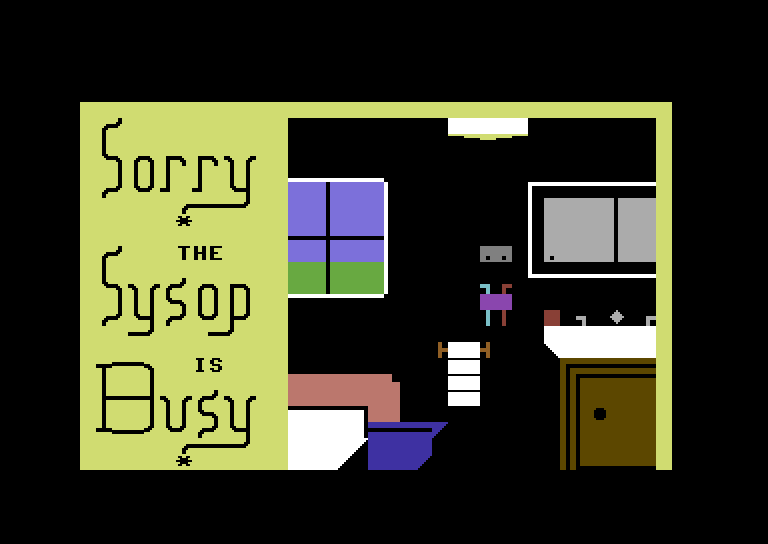
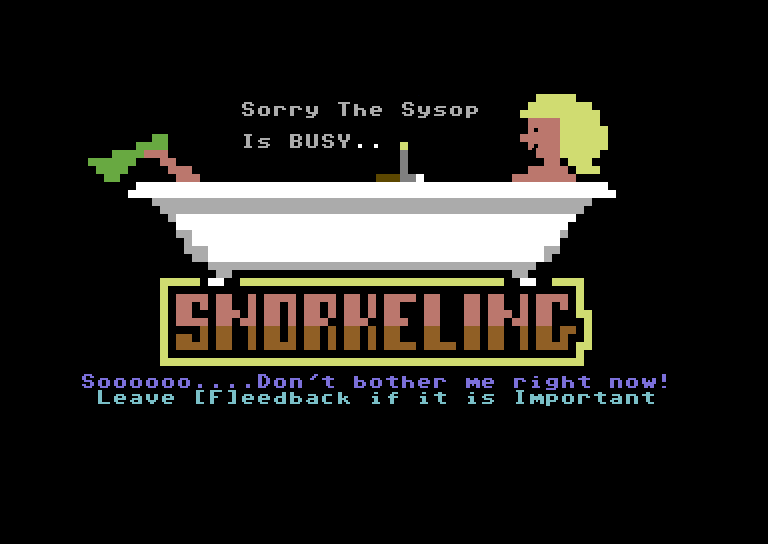
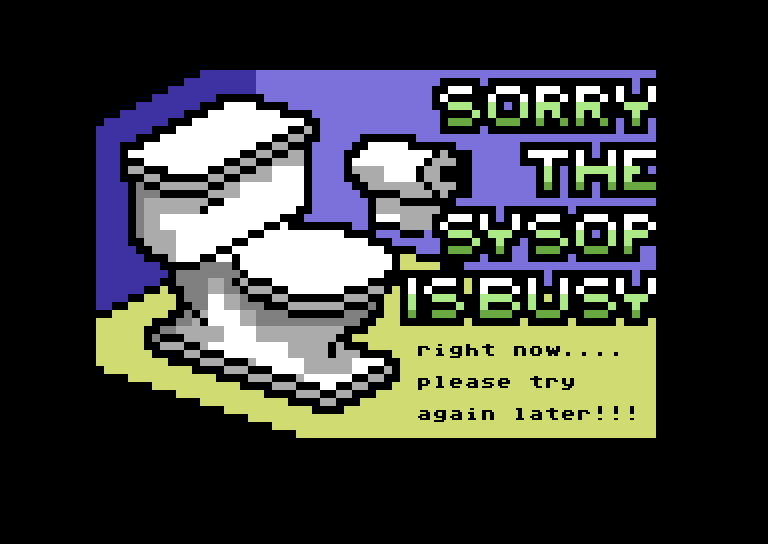
Users navigate the BBS with keyboard commands at a prompt, and the commands are typically listed in various menus. Here’s how that would look at Catastrophic Failure, which seems to have been a hacking/wares BBS in Florida.
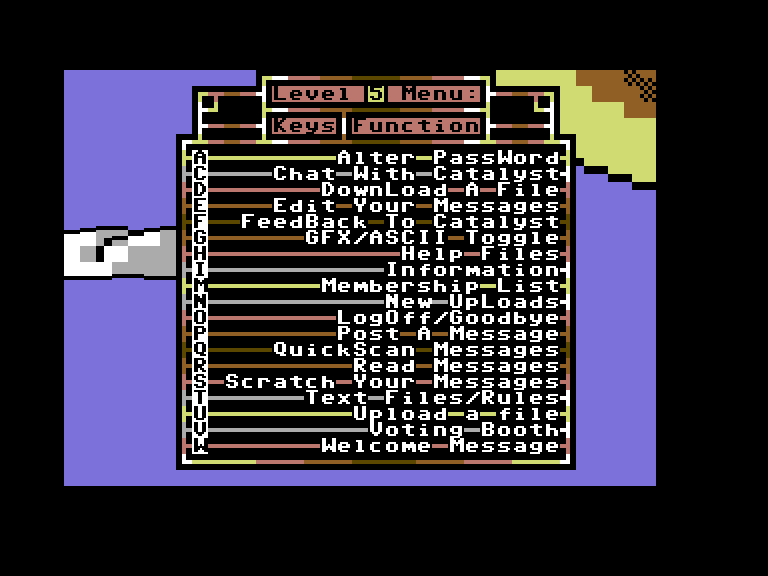
Kids stuff
Okay, we’ve had enough of the dark stuff for now. Let’s look into the more naive stuff! There is certainly no shortage of comics, cartoons, dragons and spaceships on these disks.
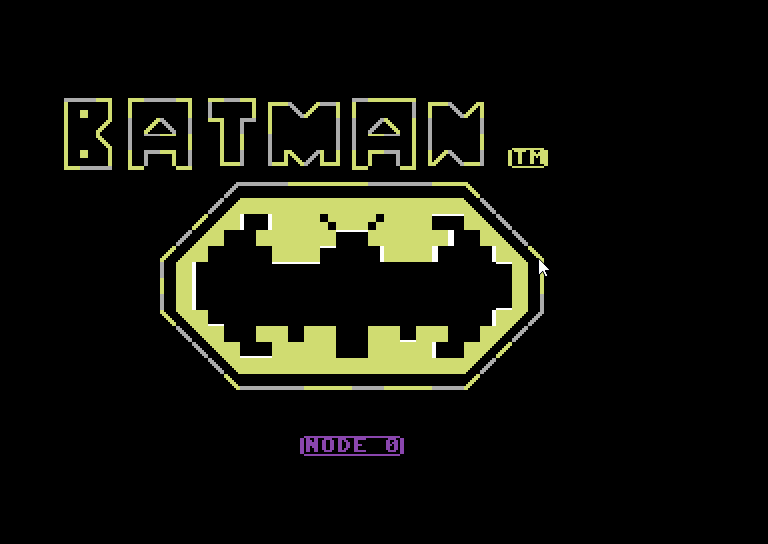
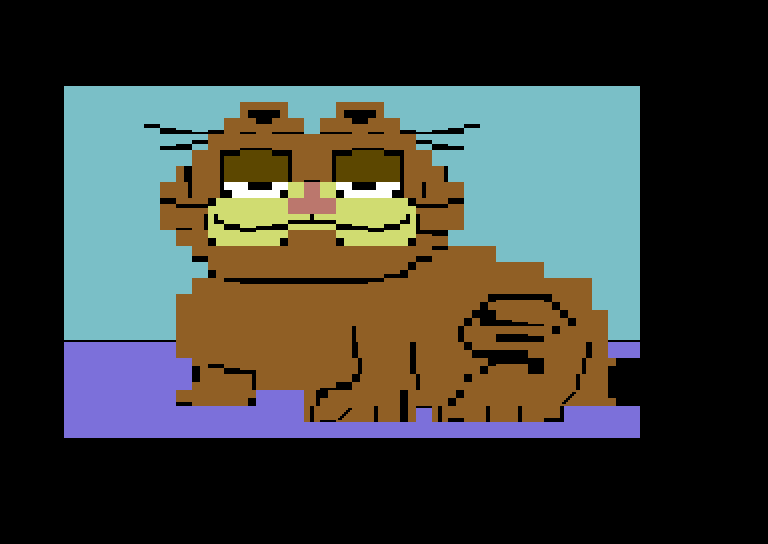
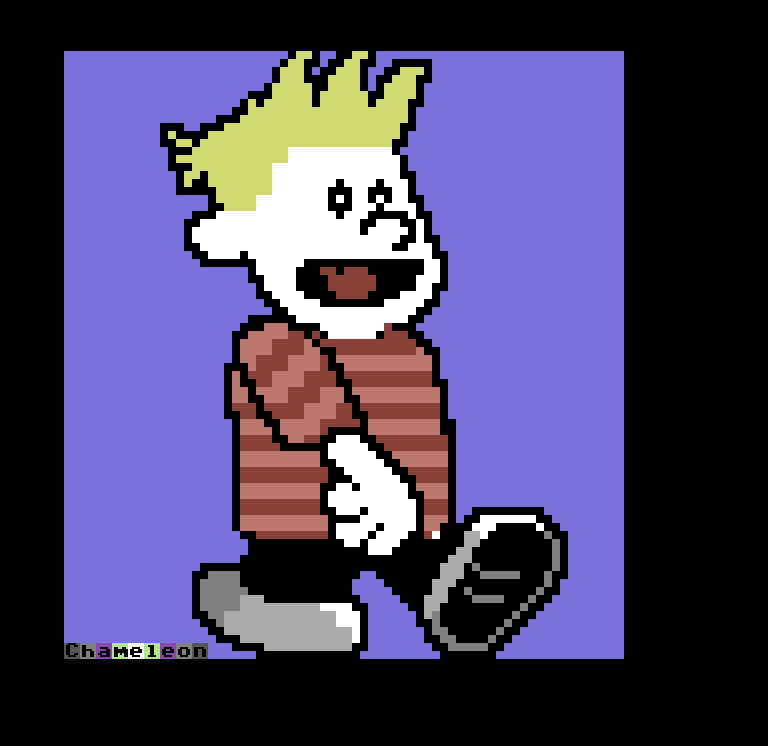

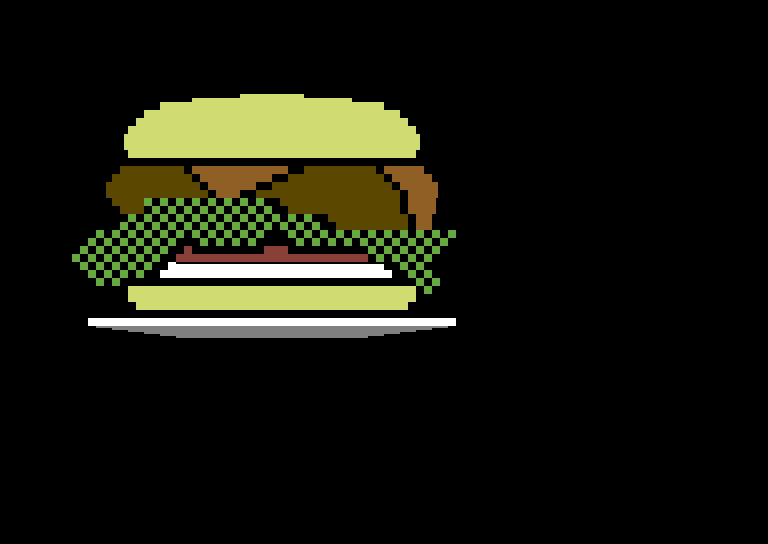
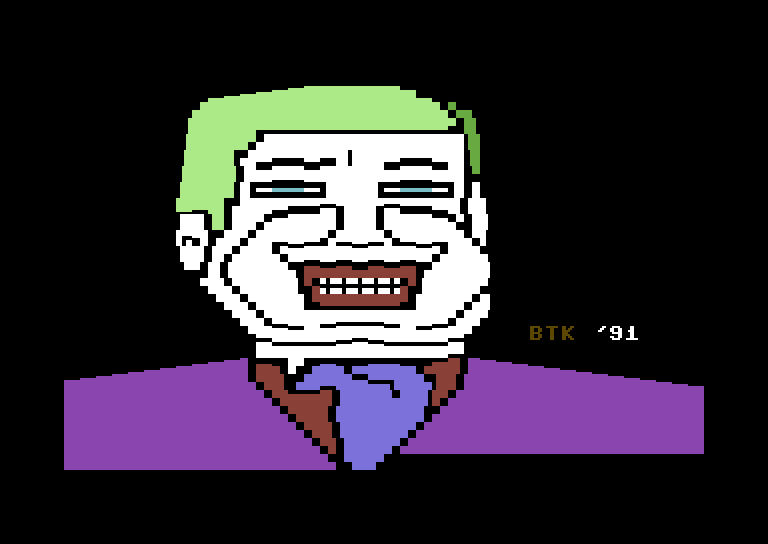
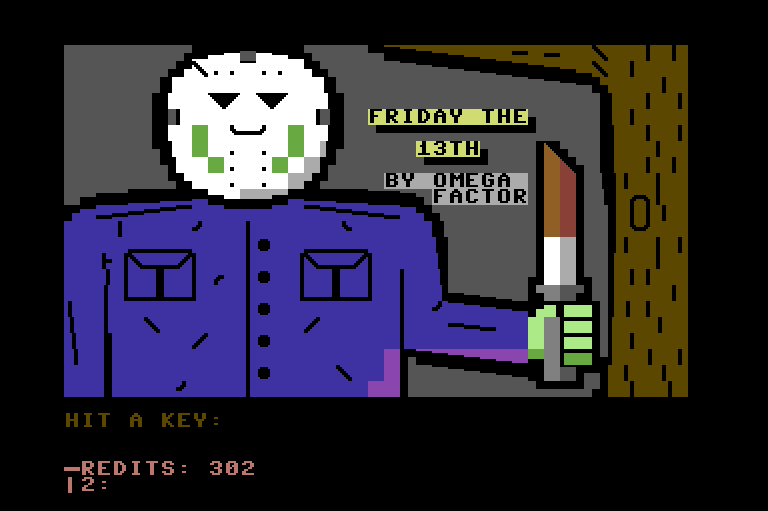
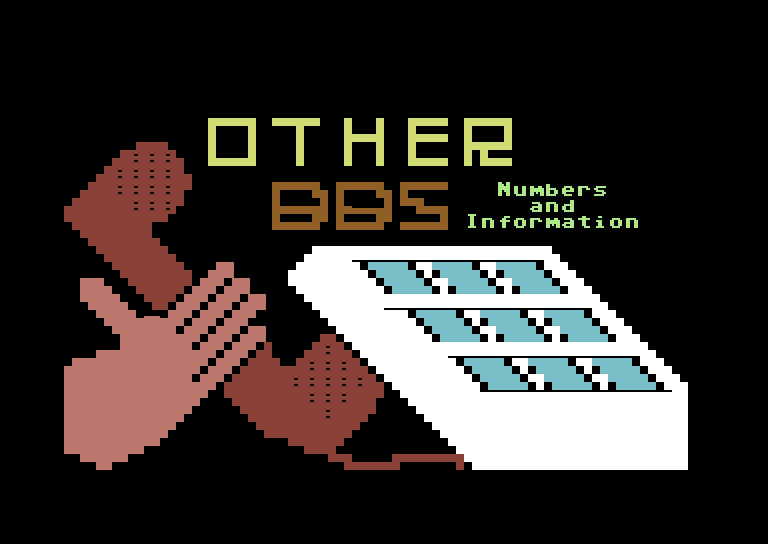
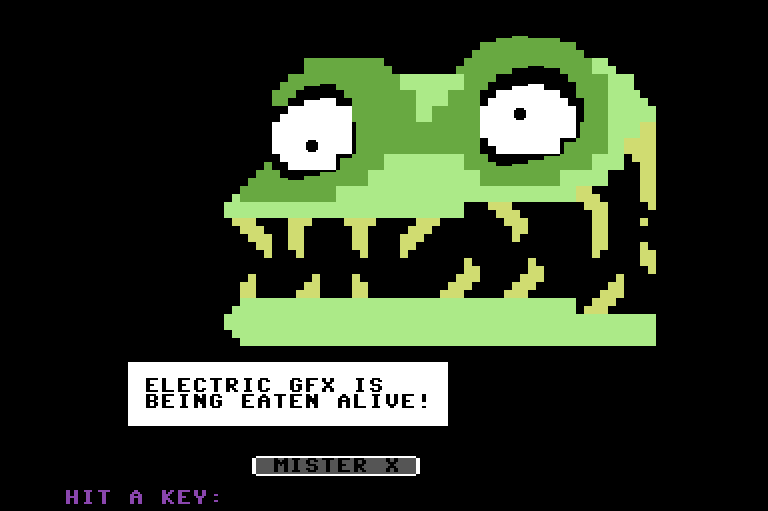
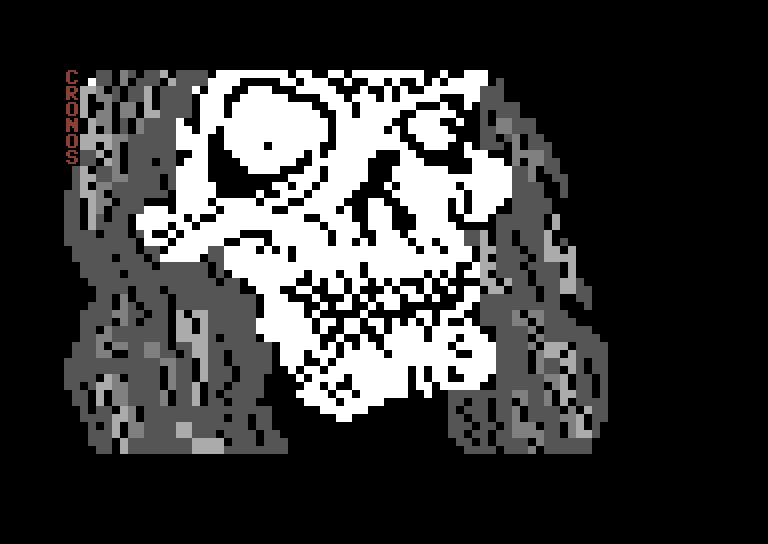
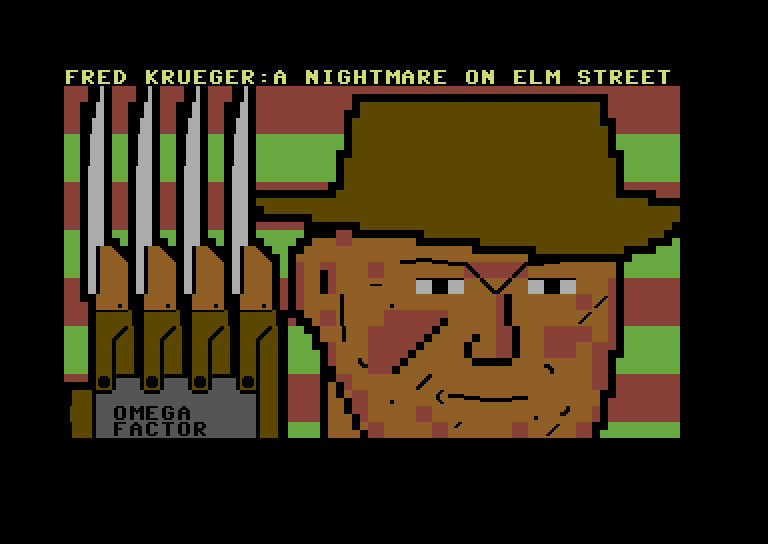
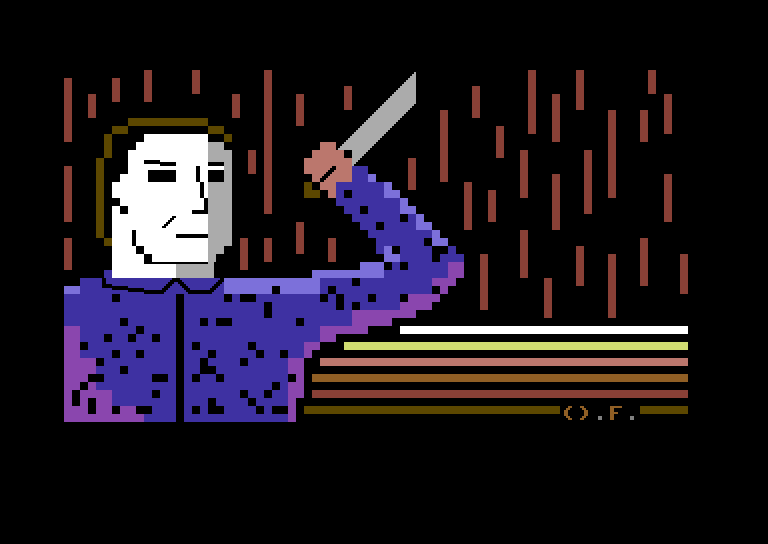
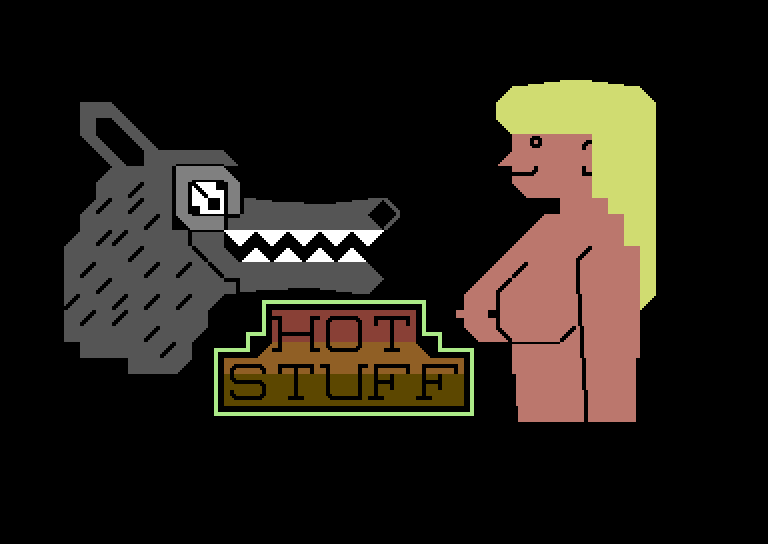
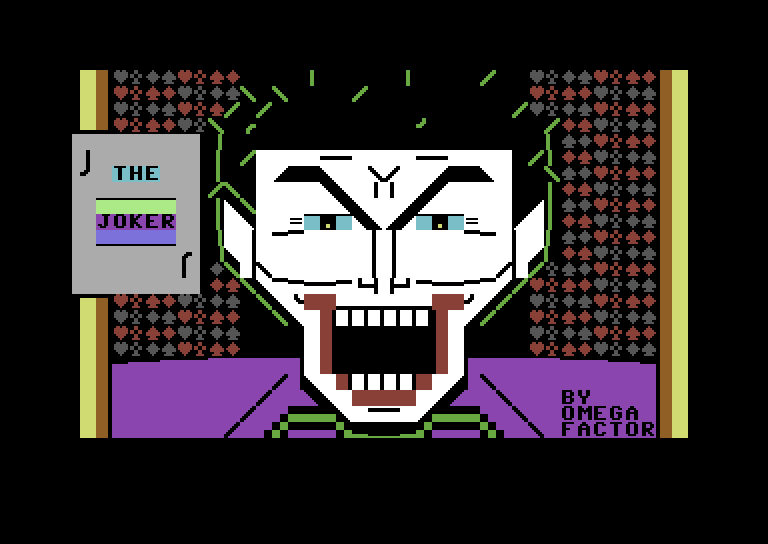
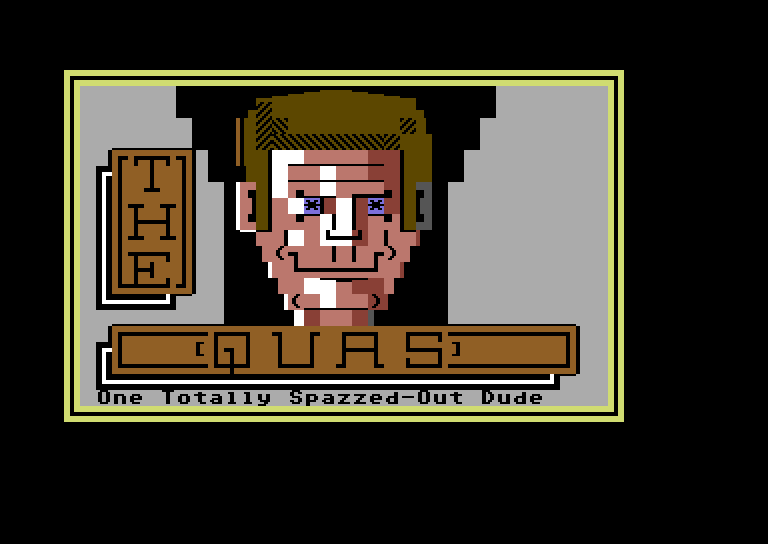
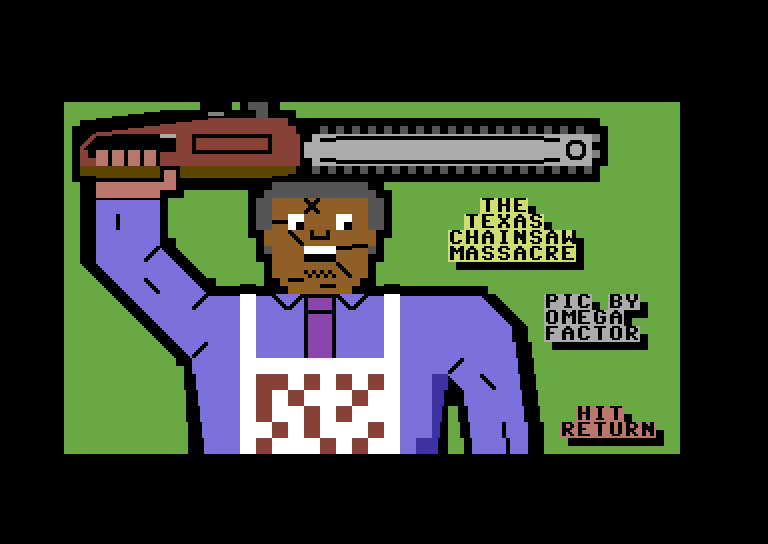
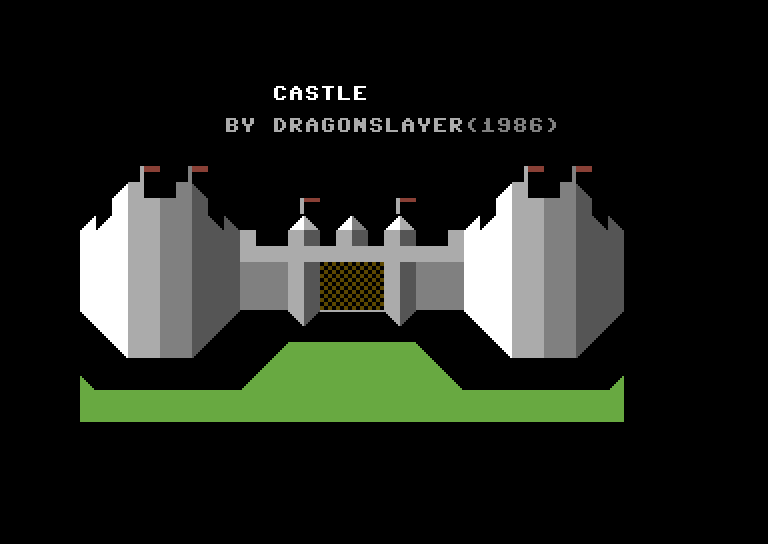
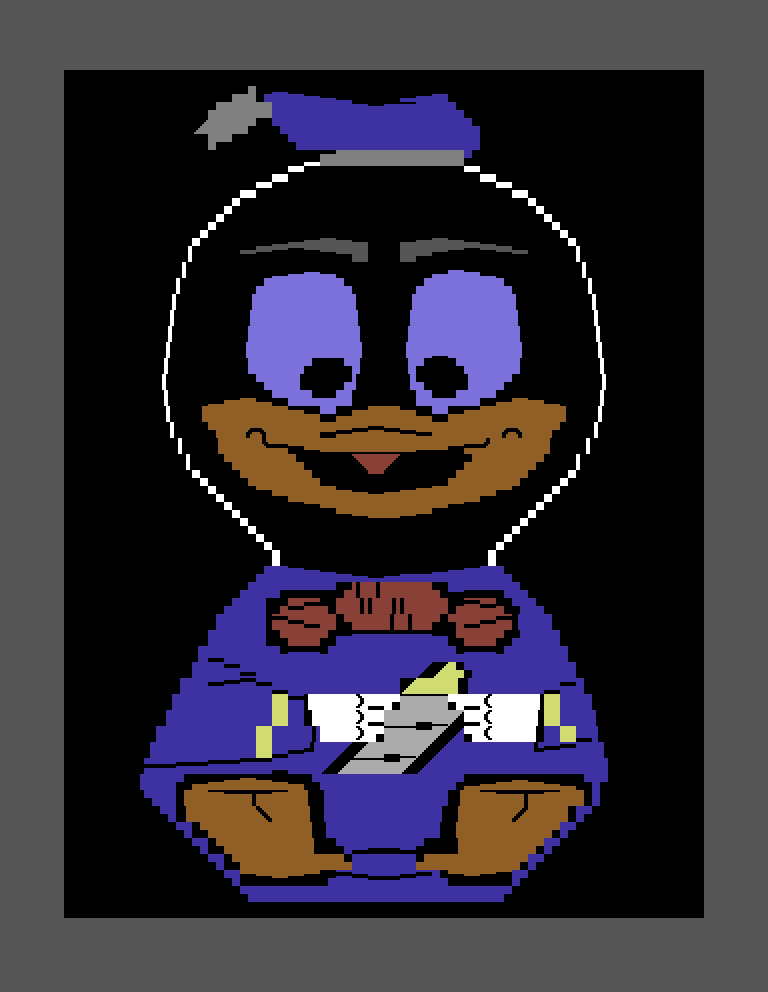
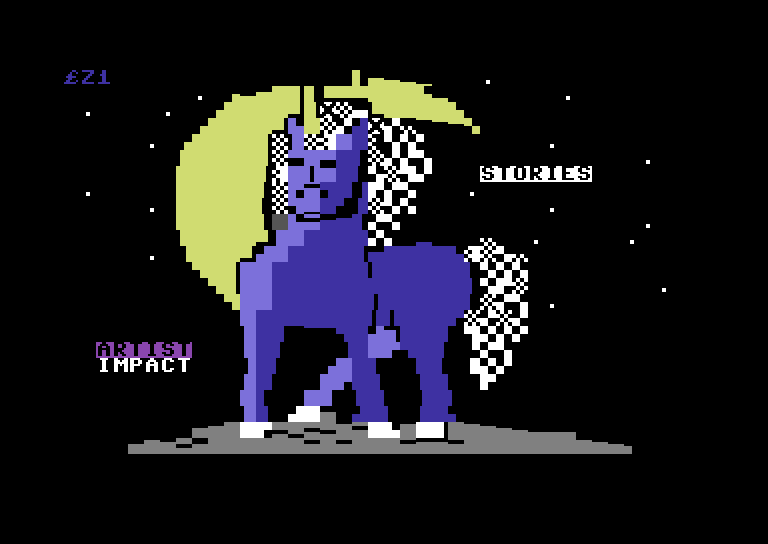
Ok, perhaps some darkness snuck in there. If you want more in this vein, search the archive for comics, cartoon, Roger Rabbit, TMNT, castle, pirate, Doctor Who, Star Trek, Ghostbusters, Iron Maiden, Simpsons…
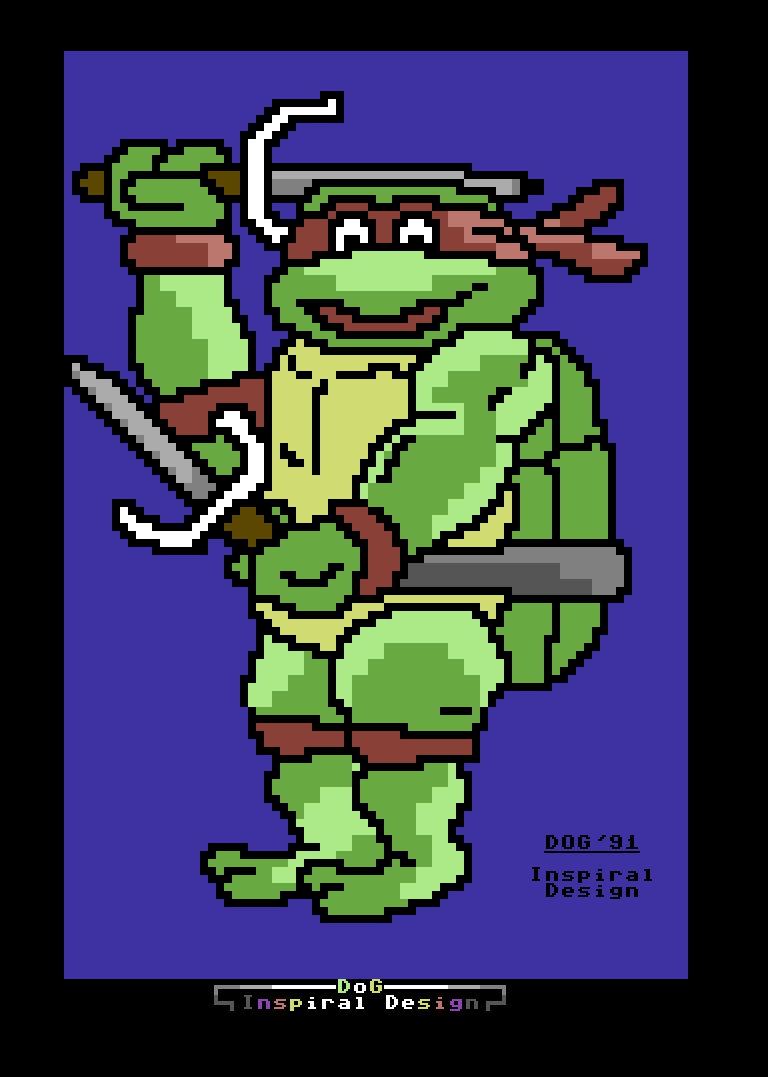
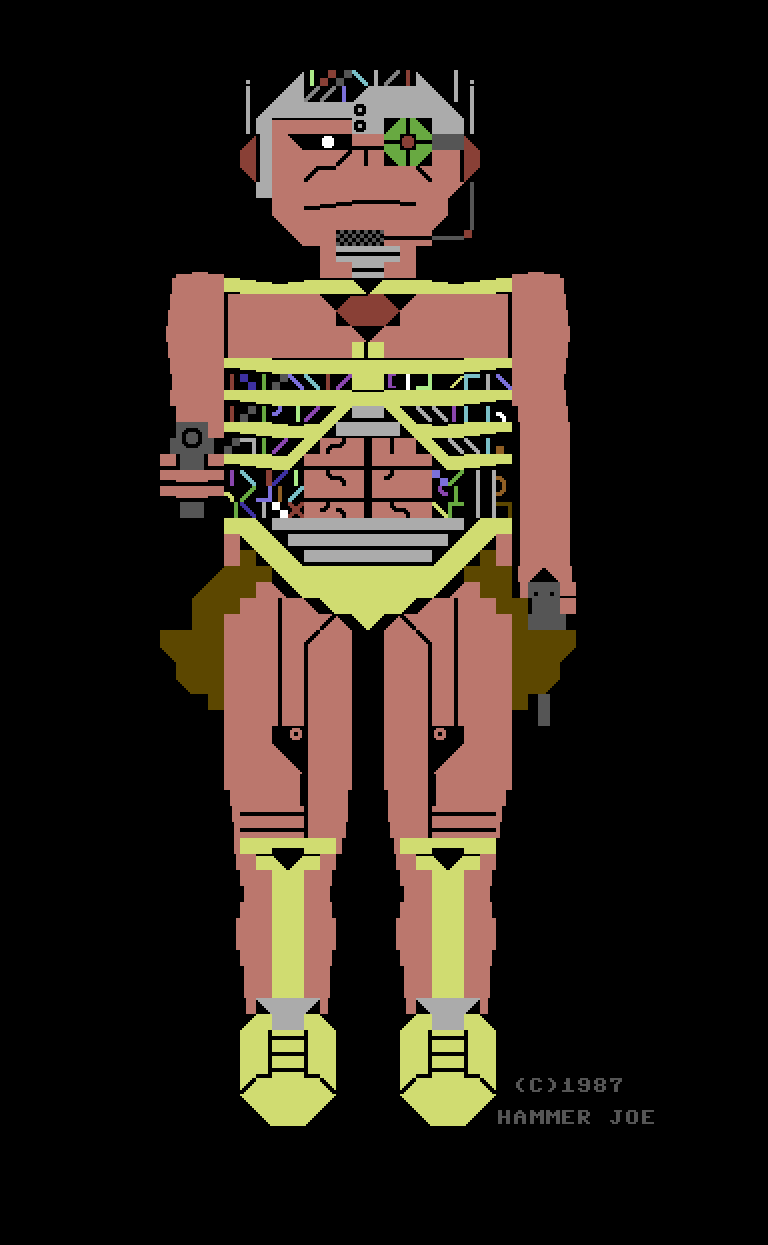
It’s worth remembering that these images are after-constructions. They are 2-3 screens high and neither the artist nor the viewer could see the full image. Bad proportions are understandable.
By the way, I found a fun example of the divide between toughness and innocence. Someone called Snoopy ran a BBS called Snoopy’s House together with his co-sysop Heavy Metal. It had a cute Snoopy PETSCII. But it seems like the BBS changed its name into something slightly more sinister… DICTATORS OF DEATH! With suitable graphics. My guess is that Heavy Metal pushed Snoopy to the dark side, but who knows. Hey Snoopy, if you’re reading this, tell us your story.
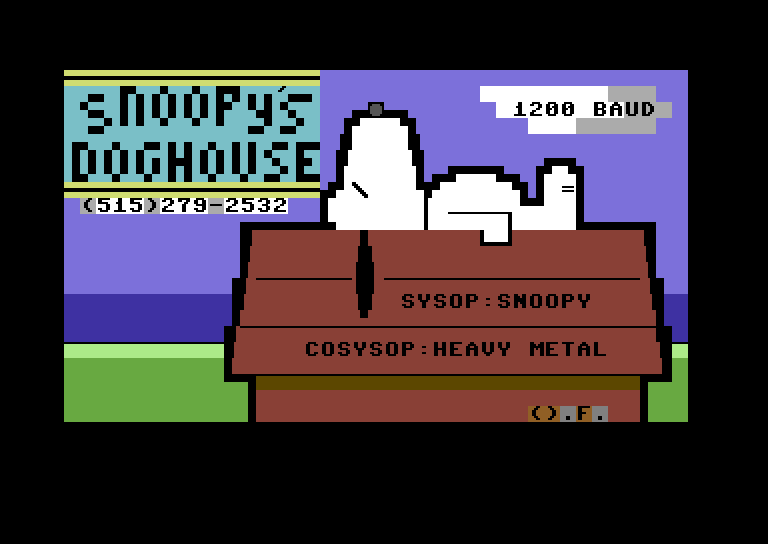
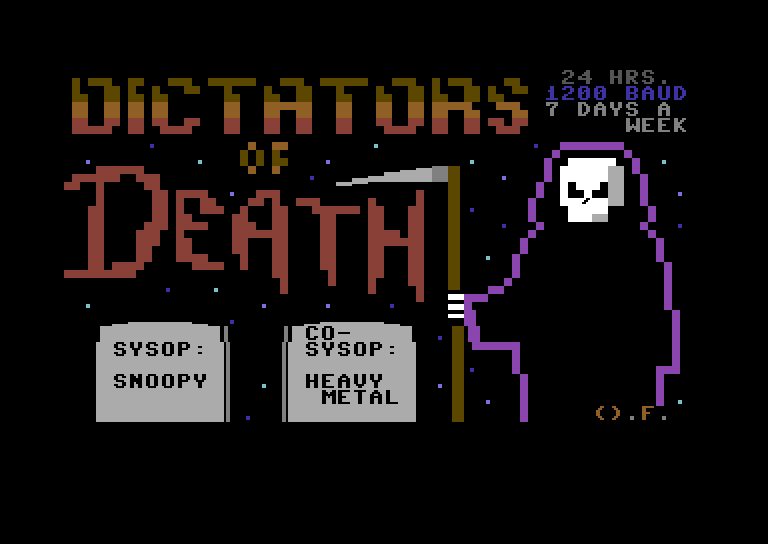
Holiday greetings
There is a similar innocence to the holiday greetings. It seems they were around on scene boards as well, which surprised me somehow.
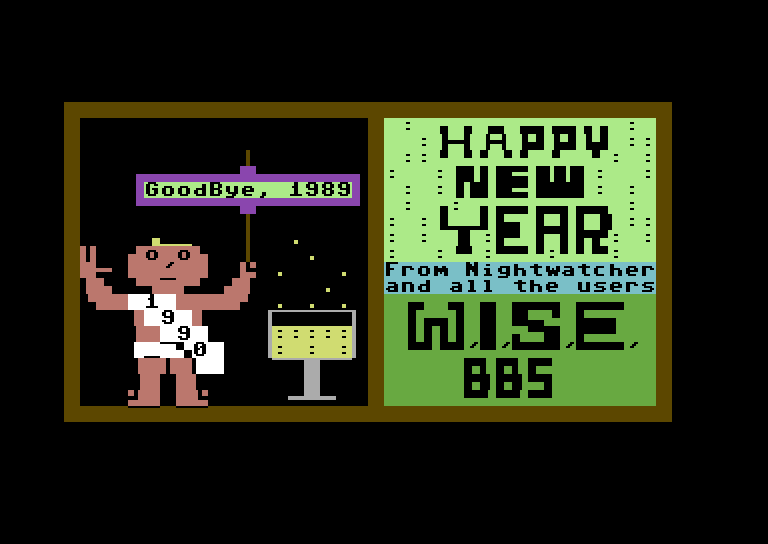
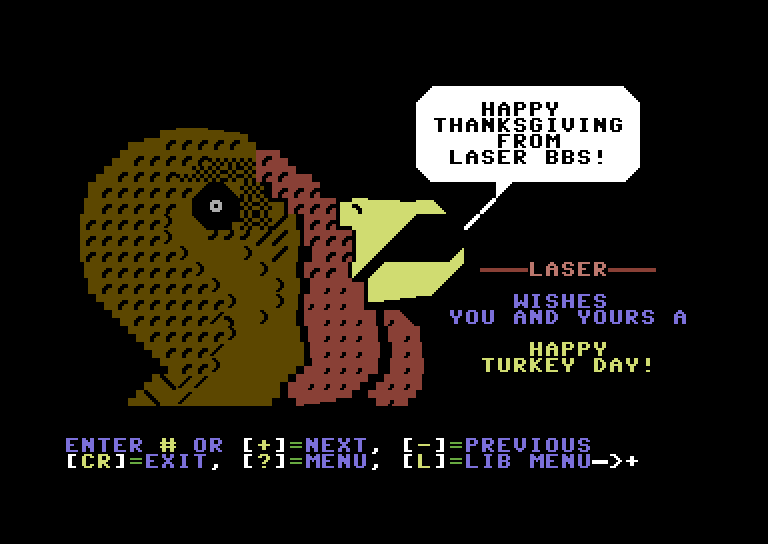
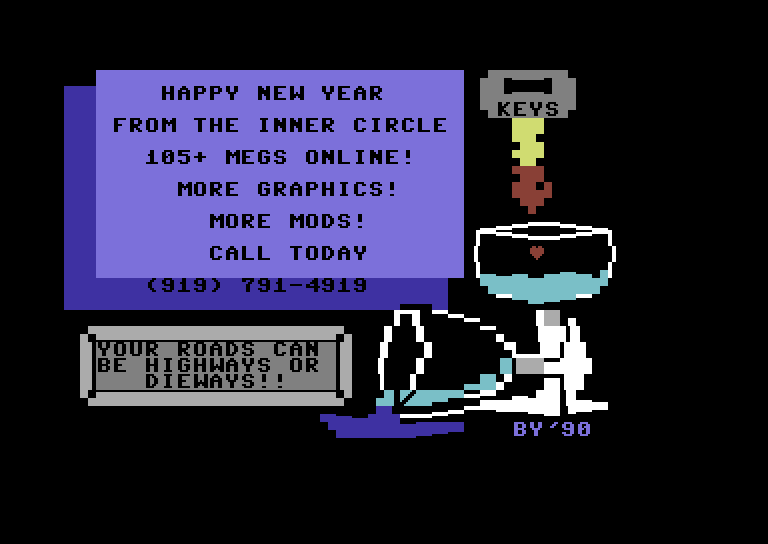
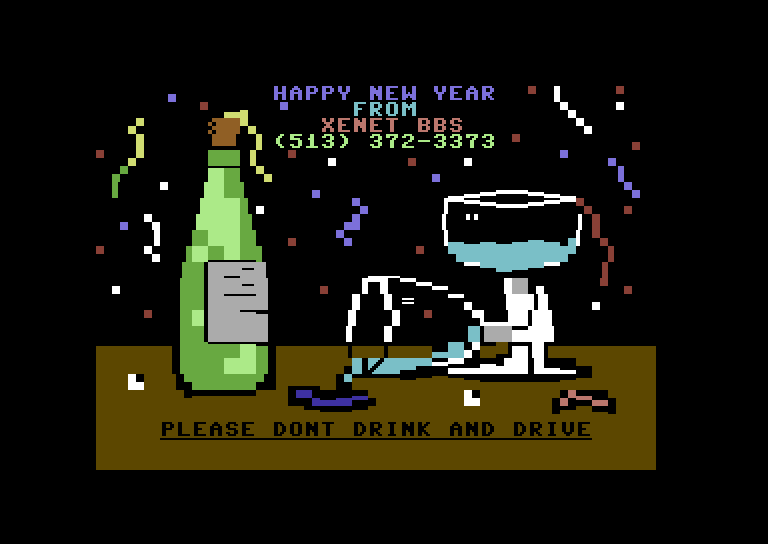
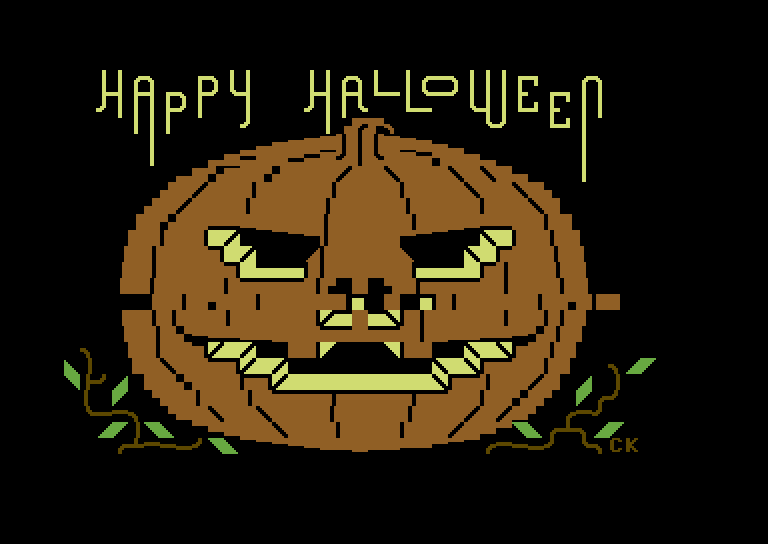
Here you can see an example of re-use, which was common on the boards. The graphics from Xenet BBS is based on the one from Inner Circle.
Politics
There is not much typical politics on the disks, but..
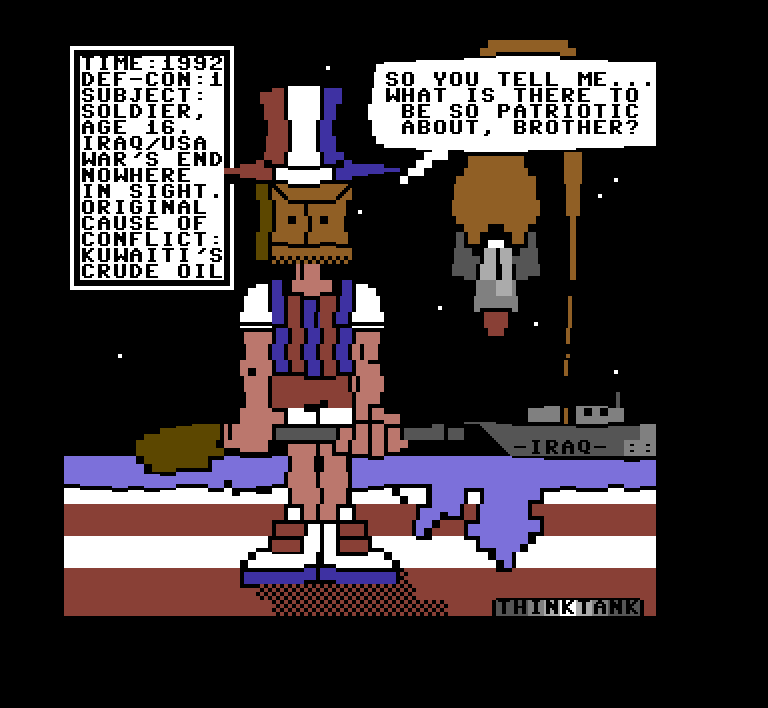
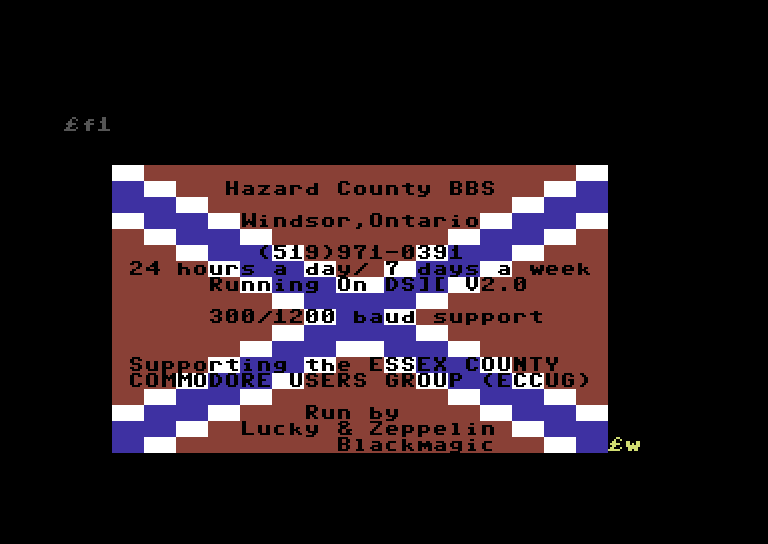
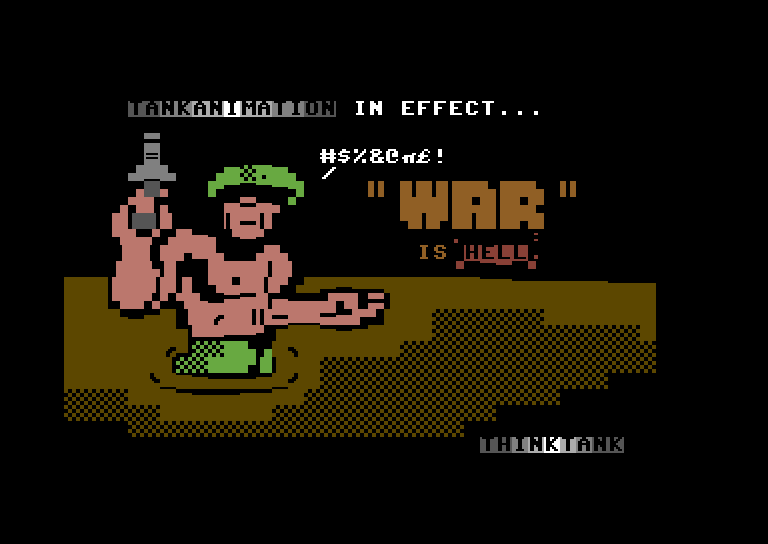
Funky type

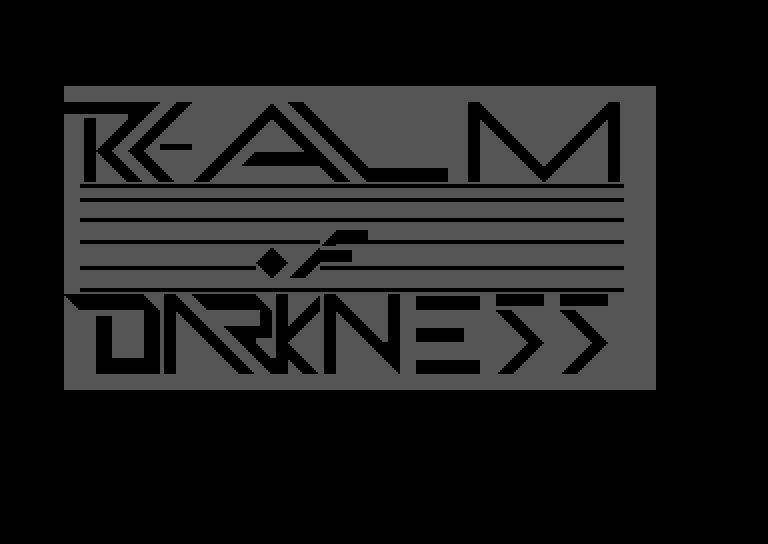
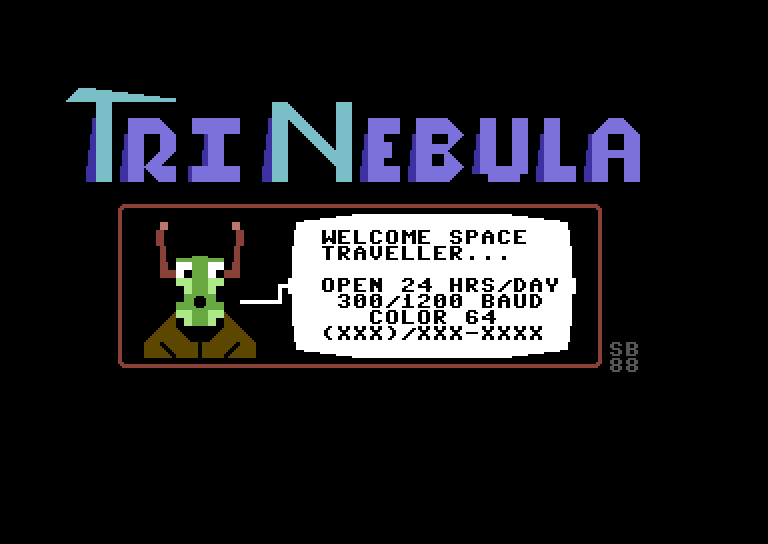
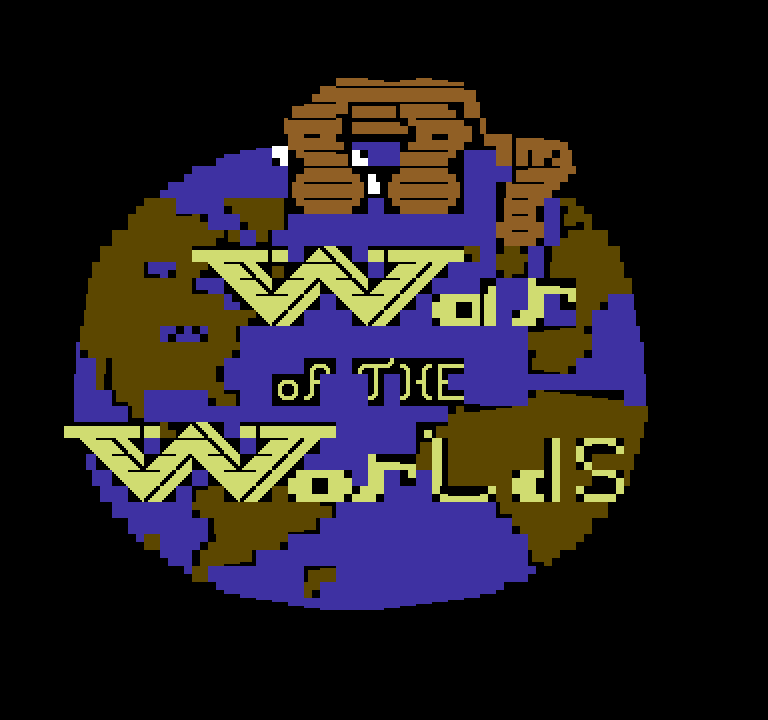
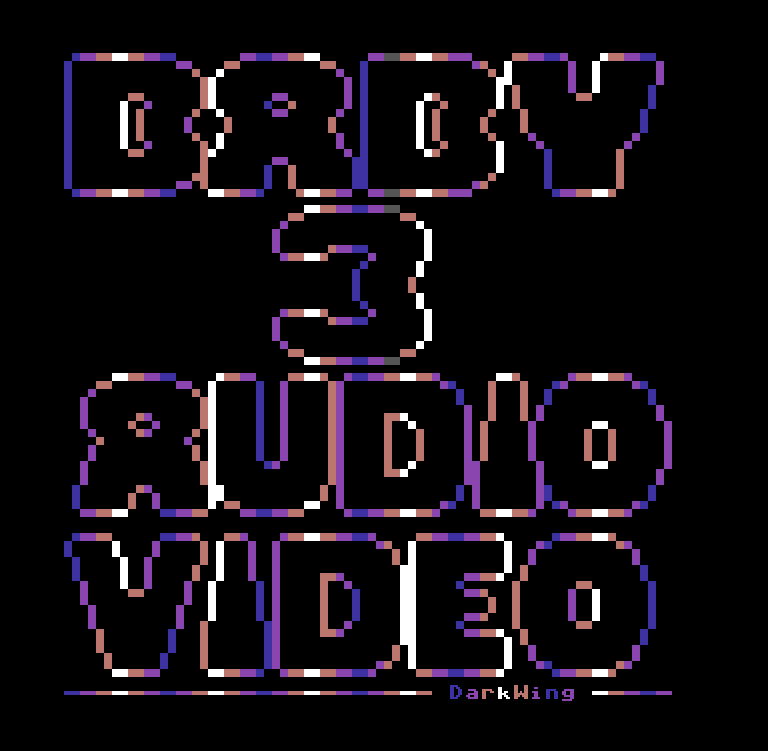
Abstracts and patterns
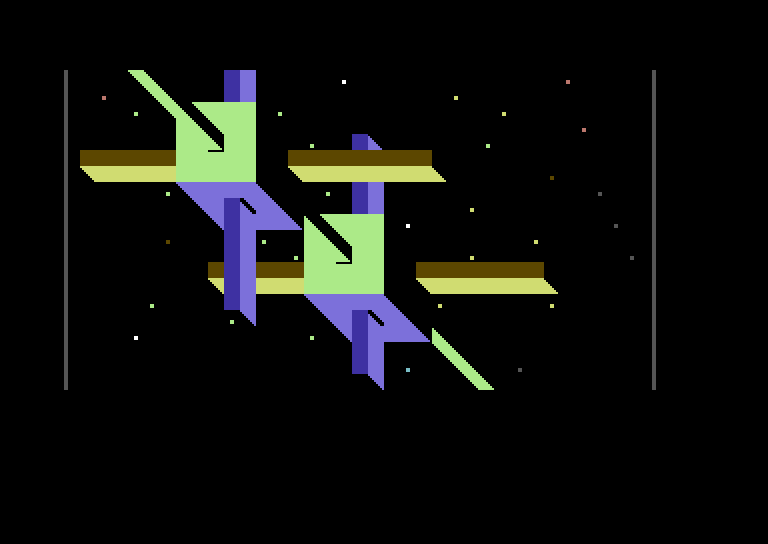
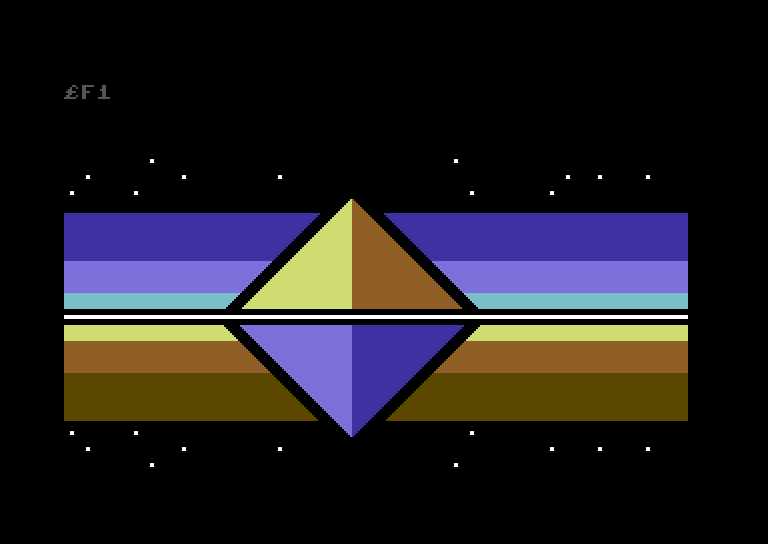
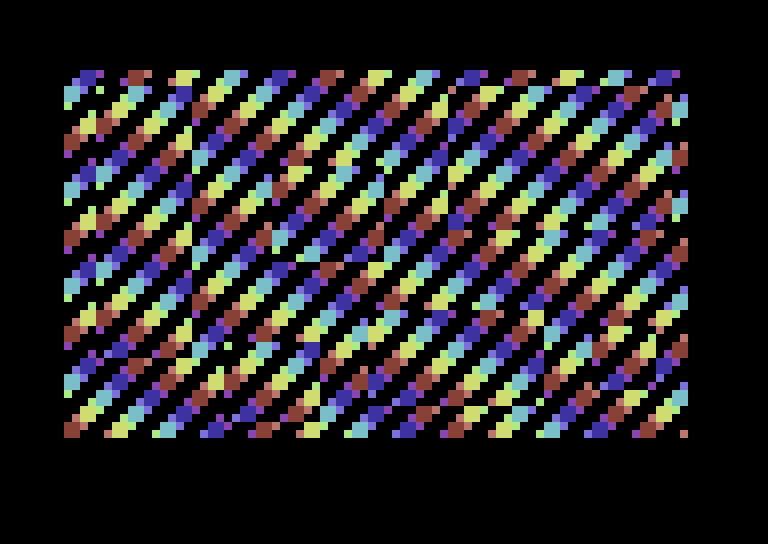
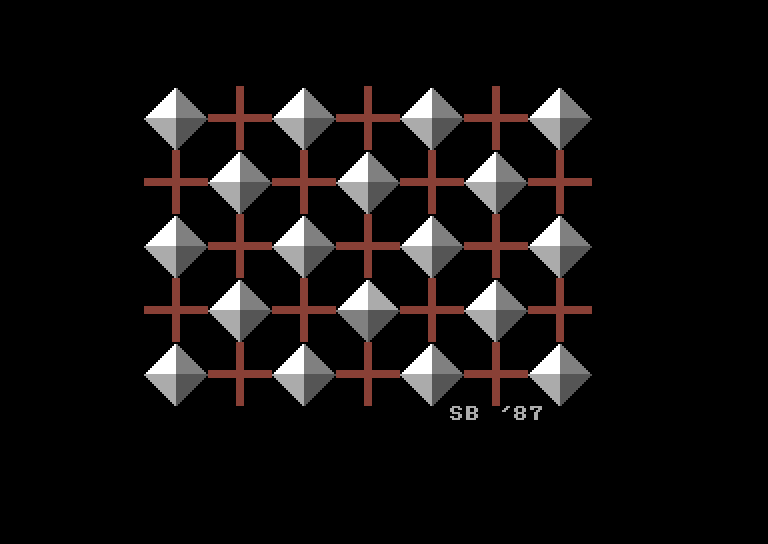
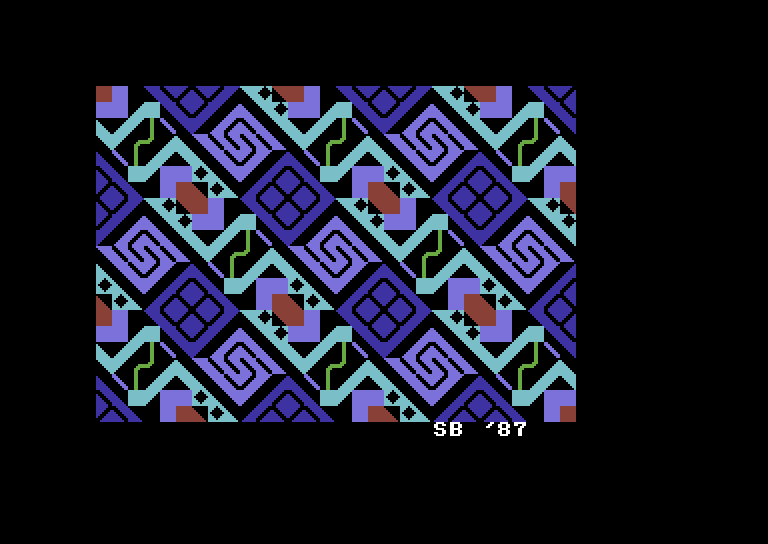
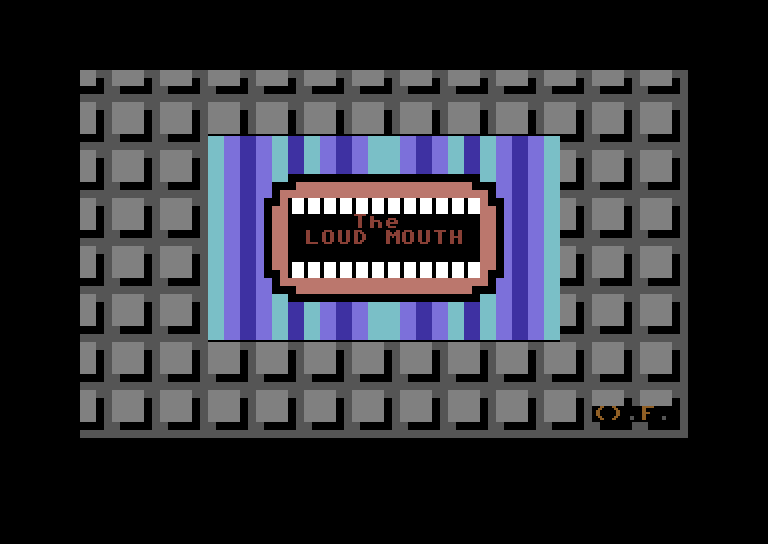
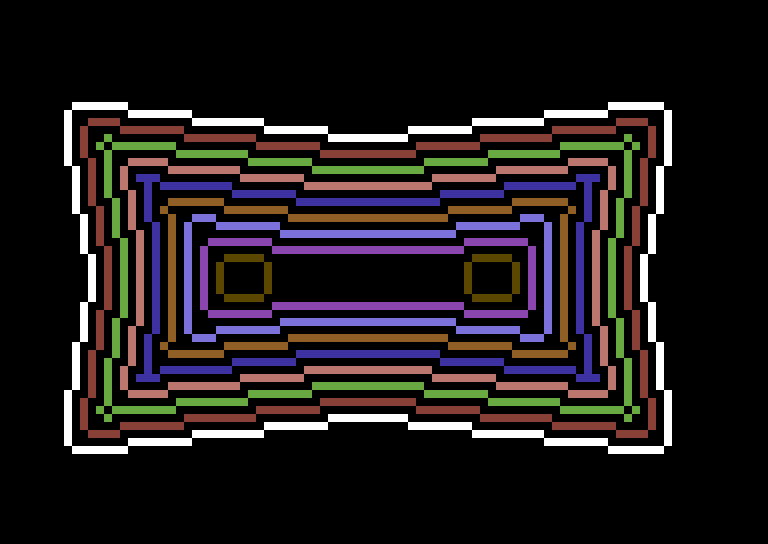
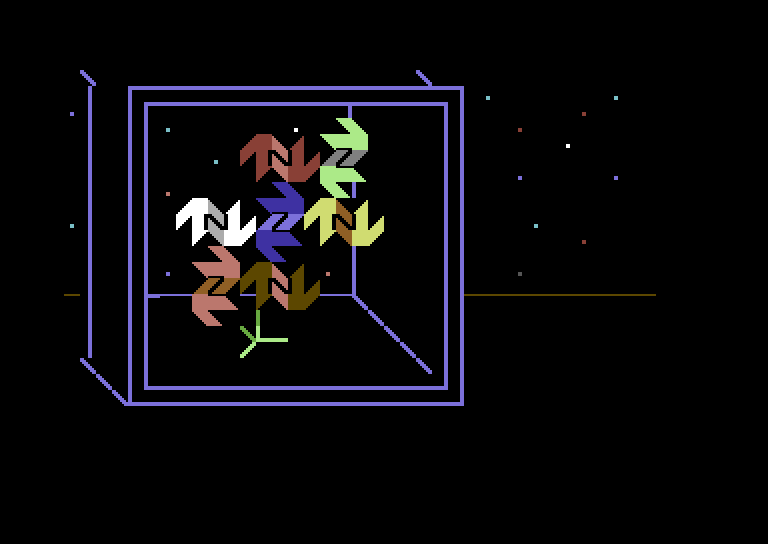
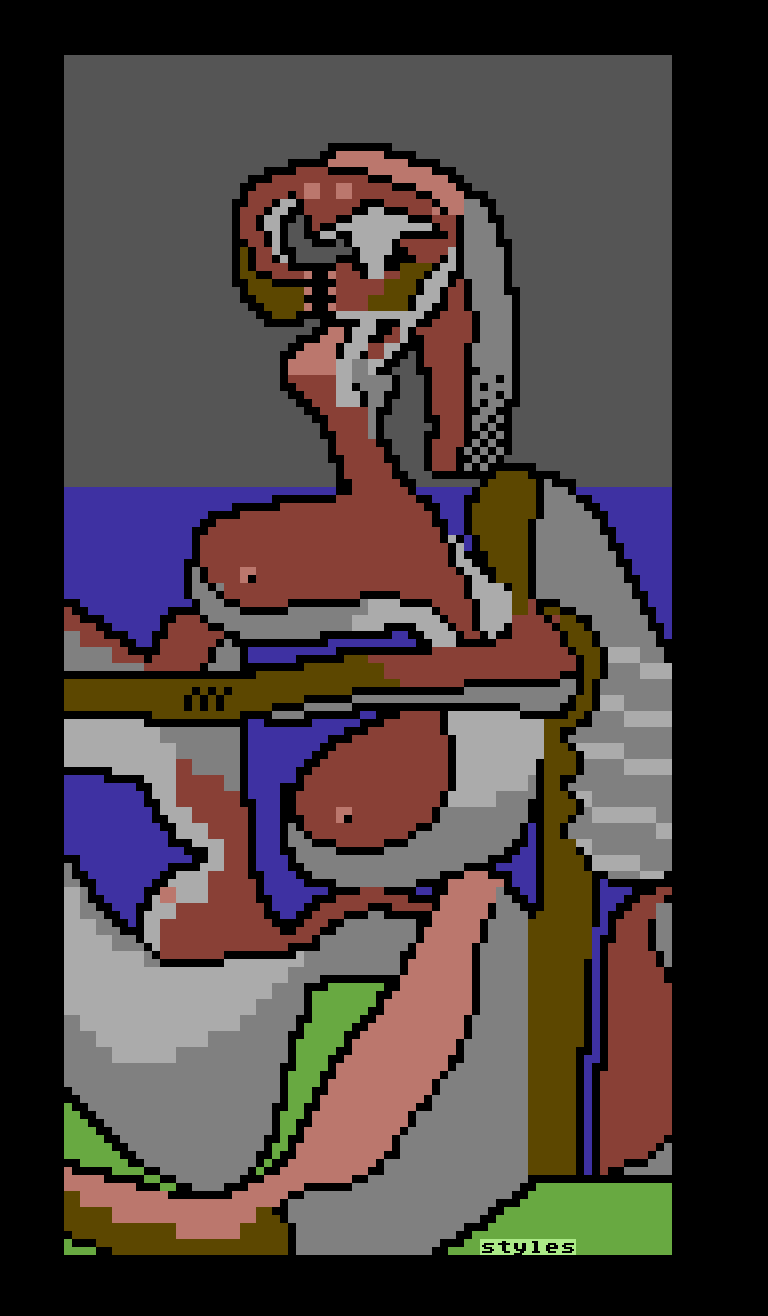
Pixel style
Contemporary PETSCII often uses dithering techniques that makes it similar to pixel art. There is not much of that on these disks, but some.
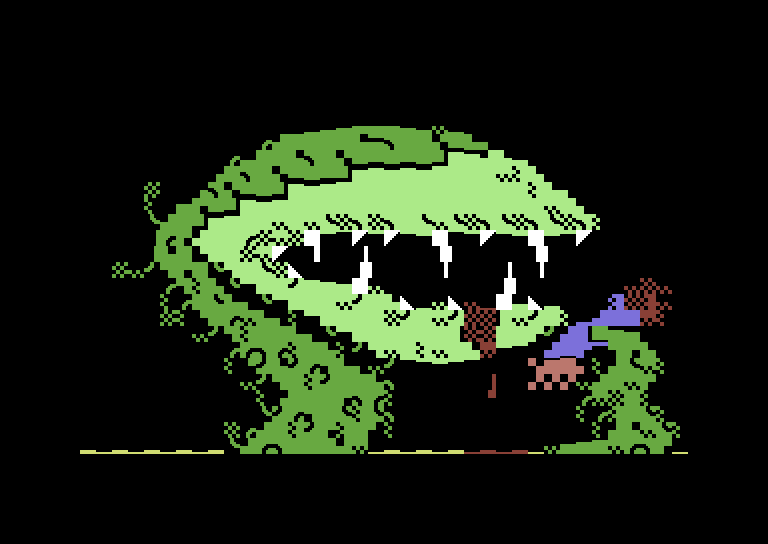
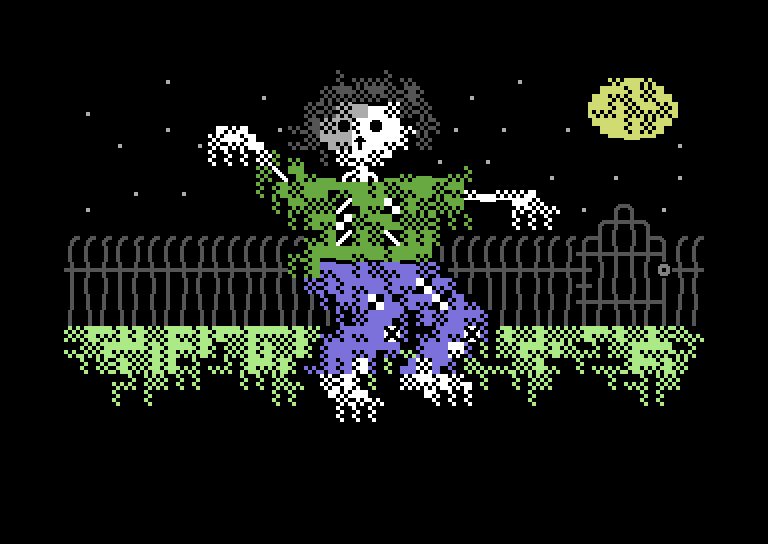
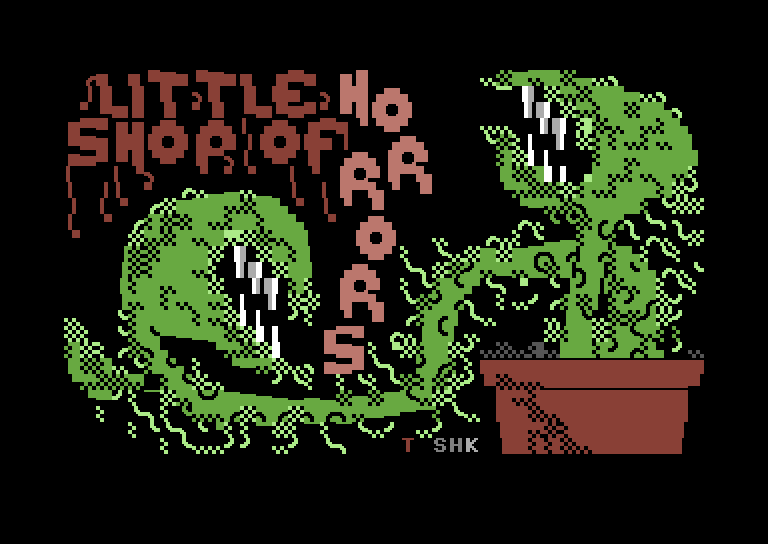
Miscellaneous
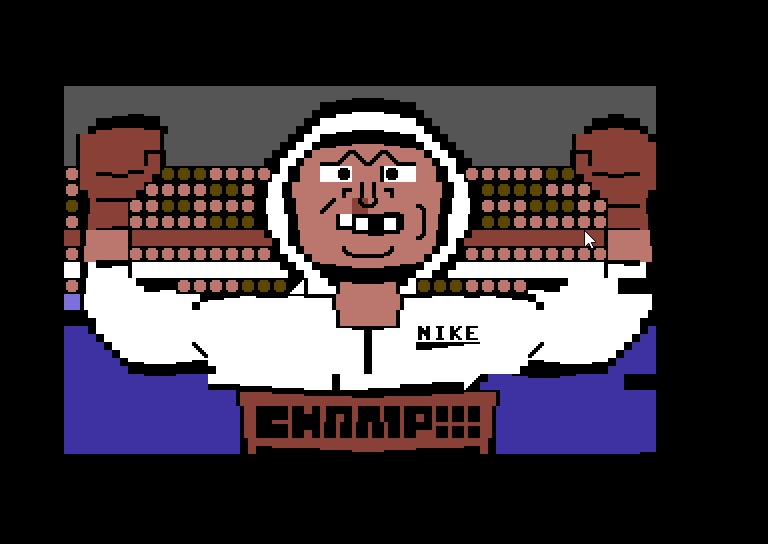
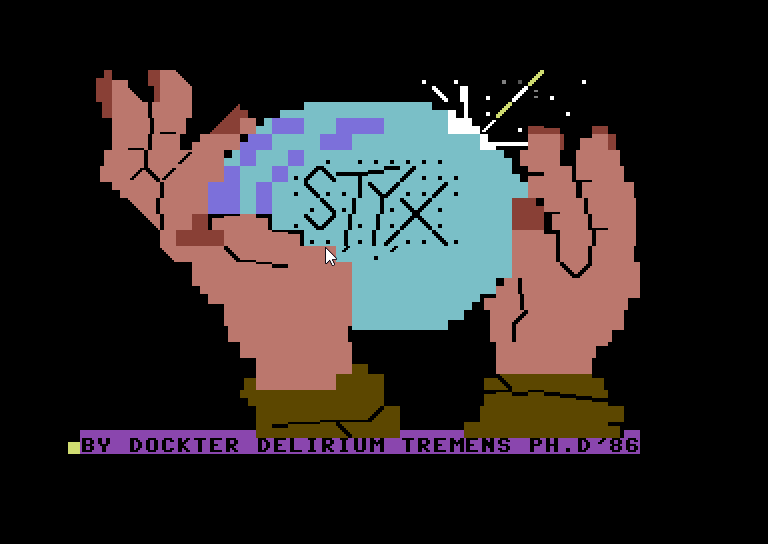
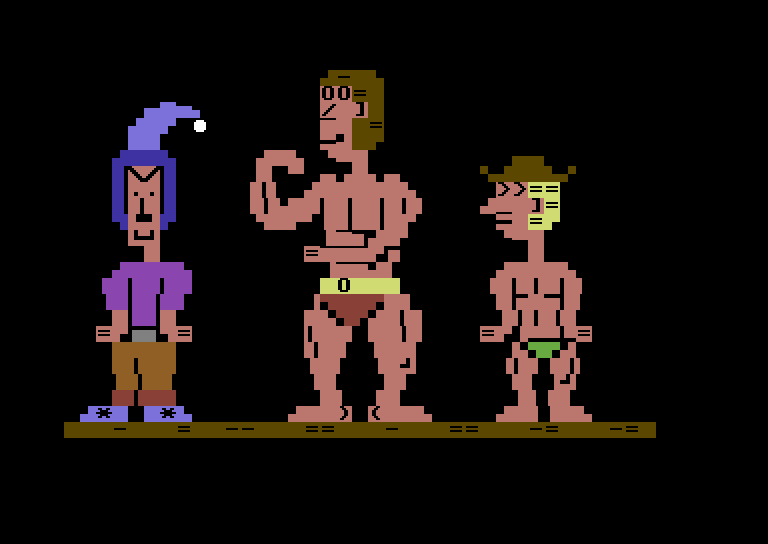
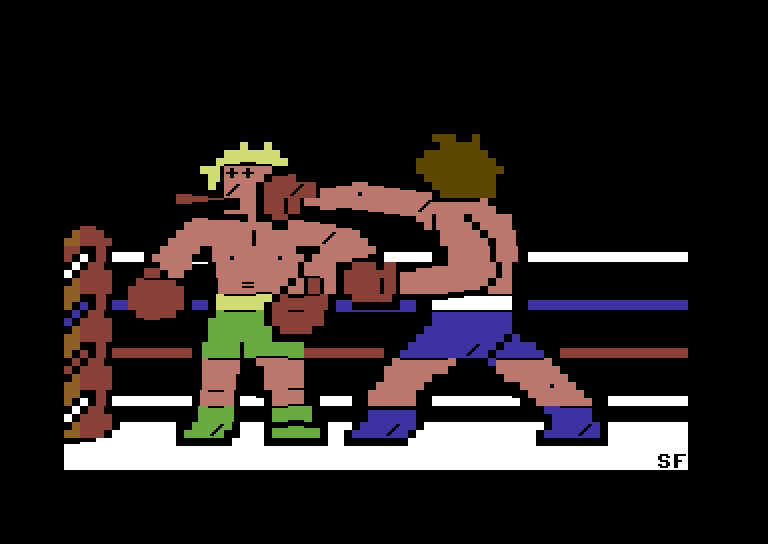
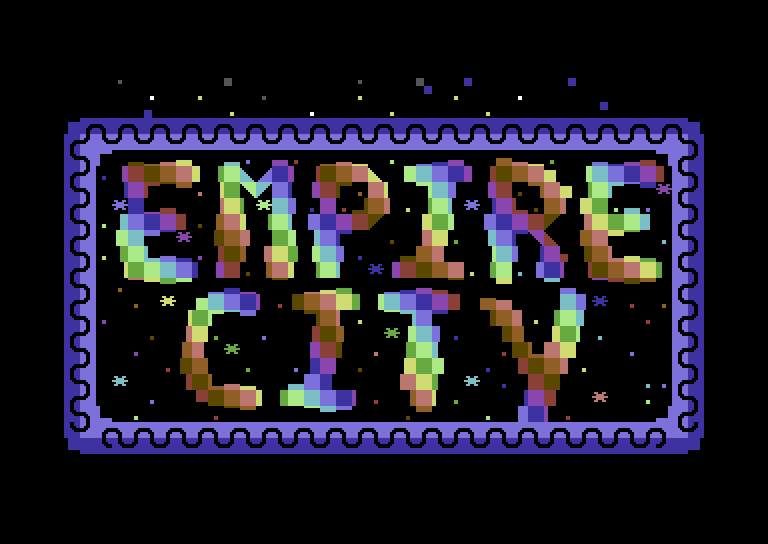
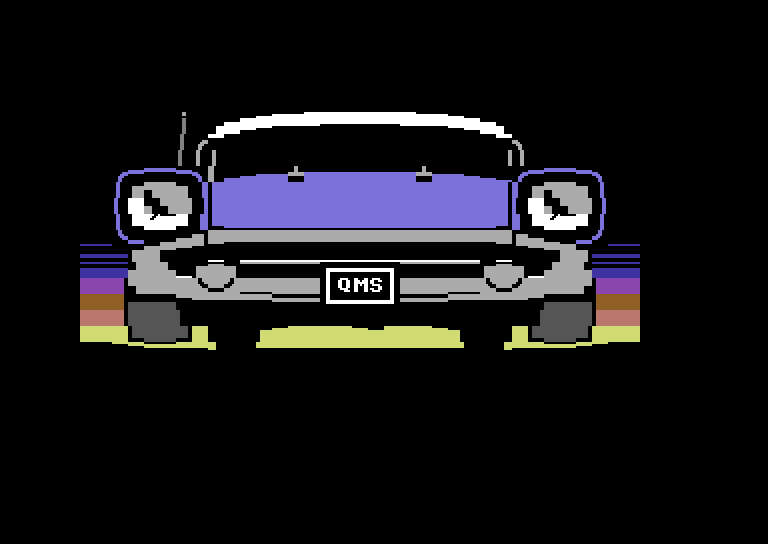
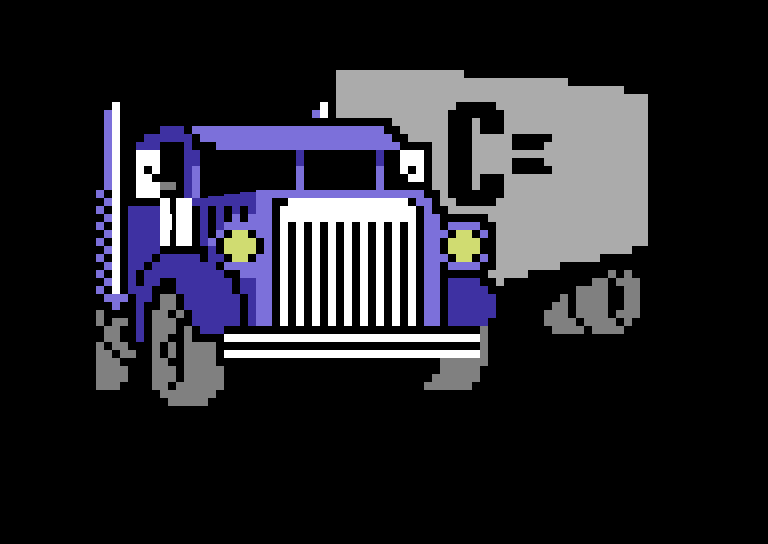
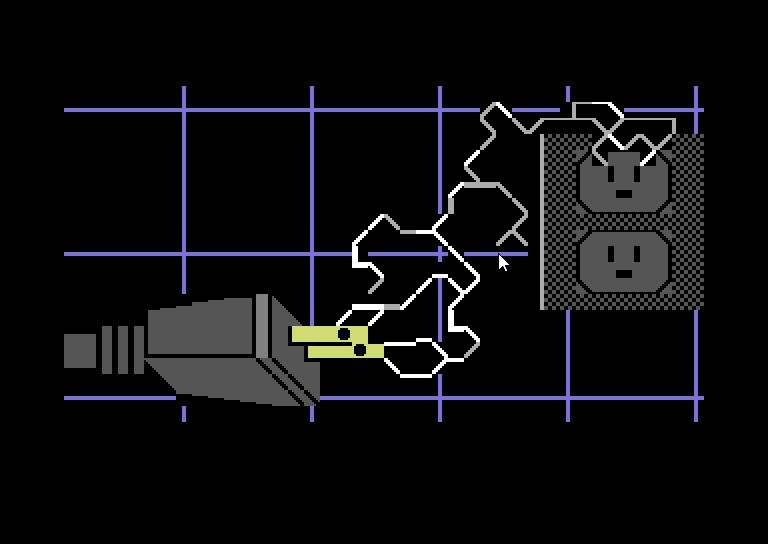
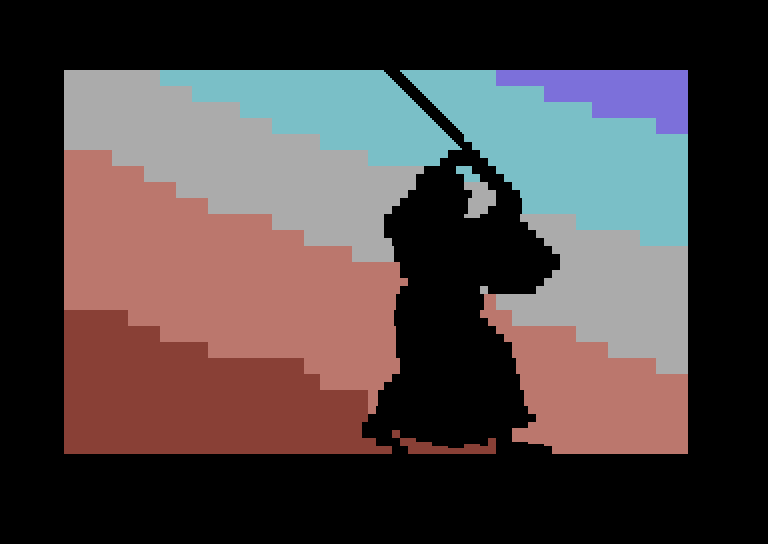
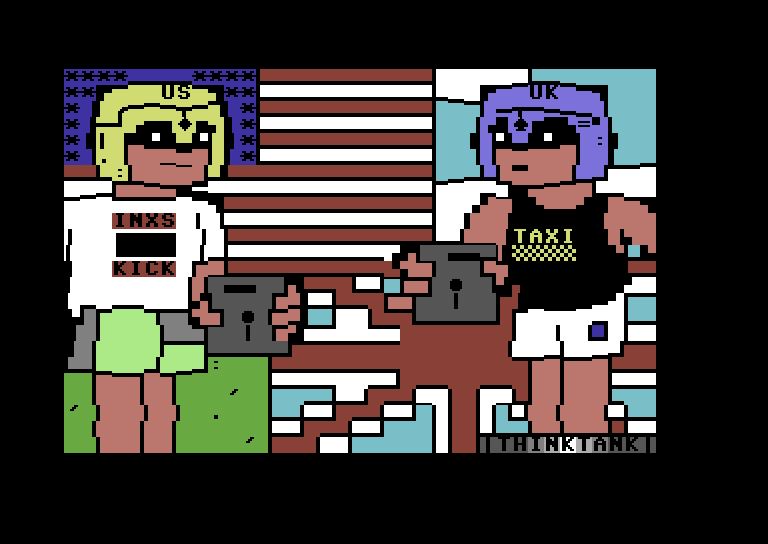
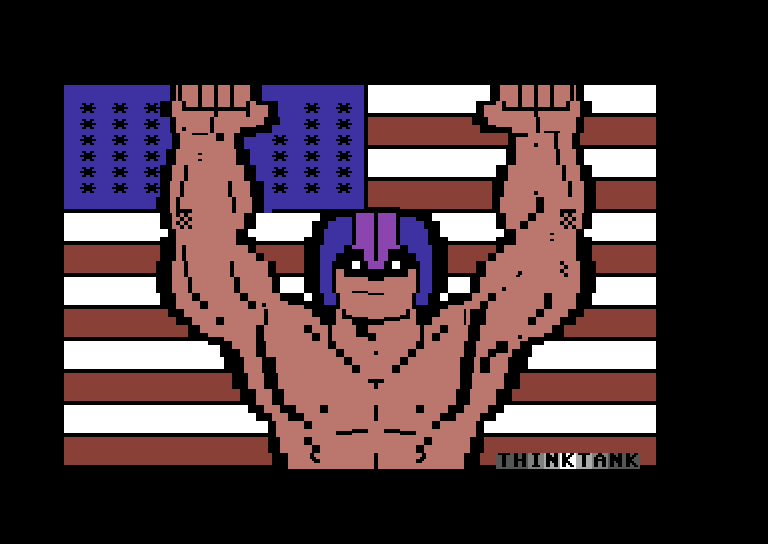
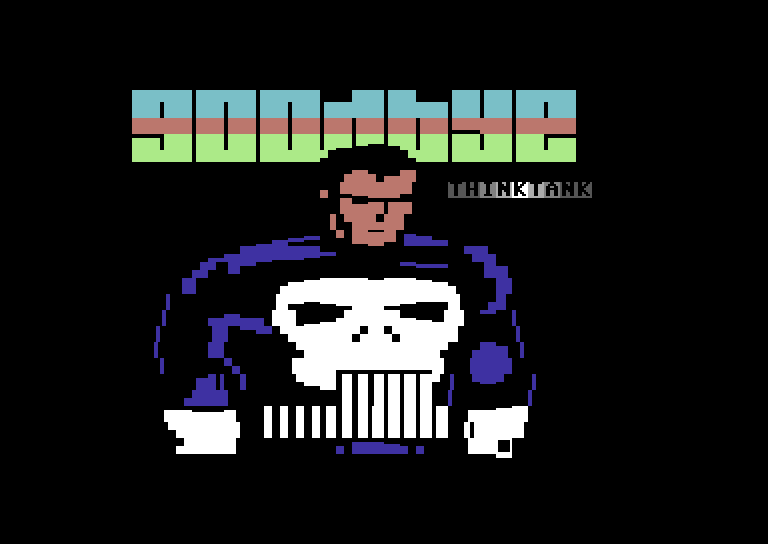
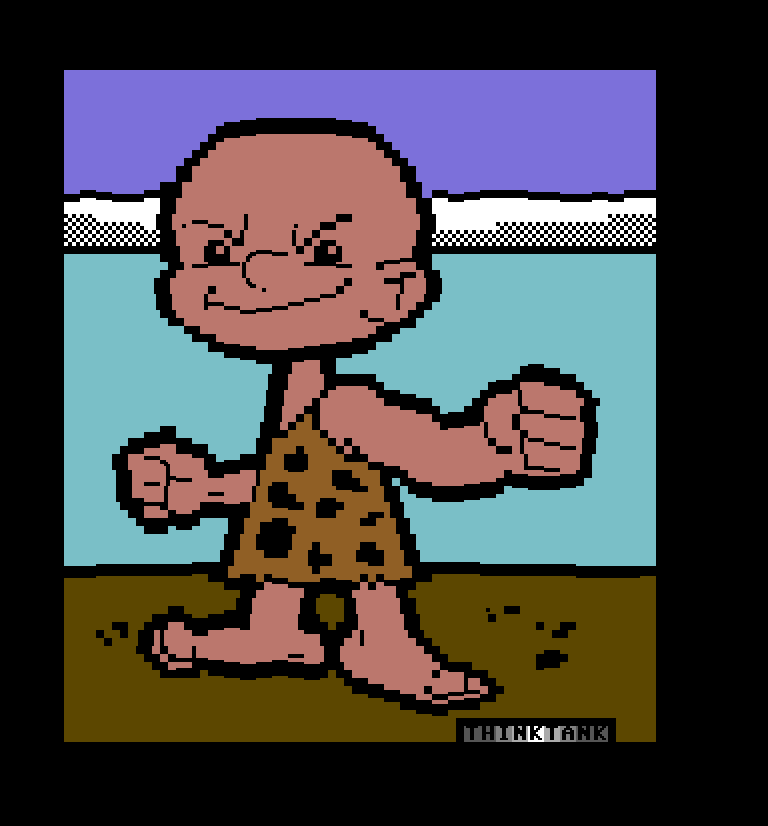
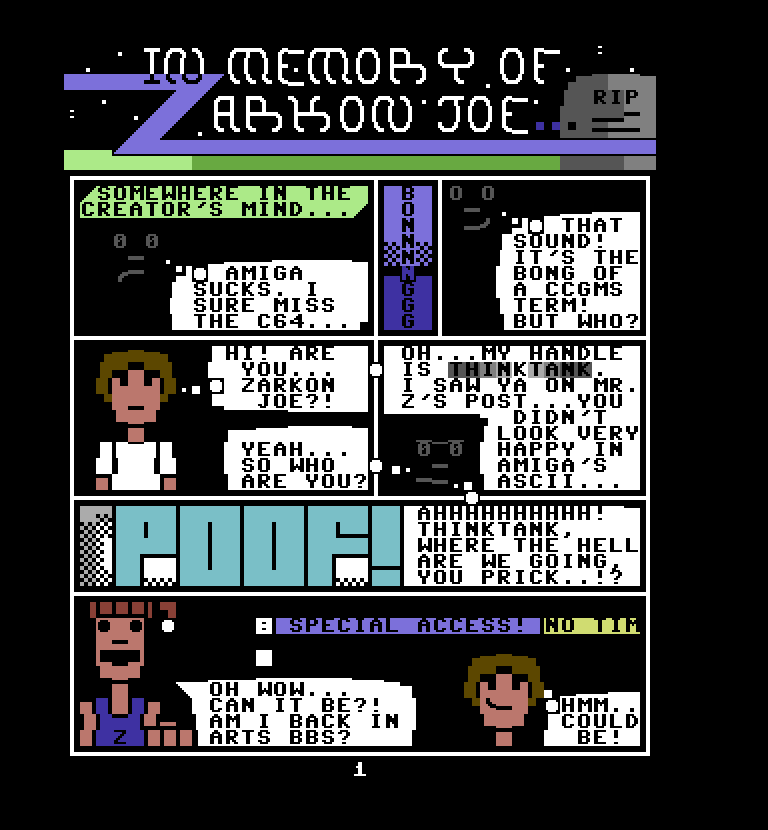
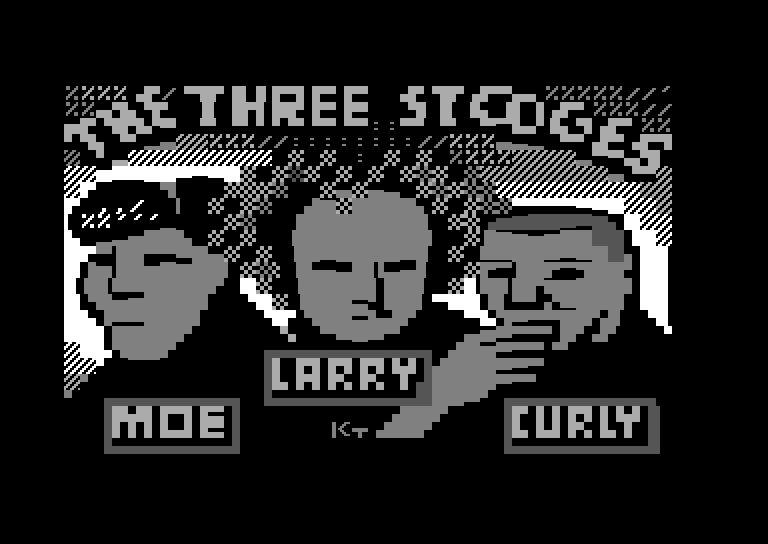
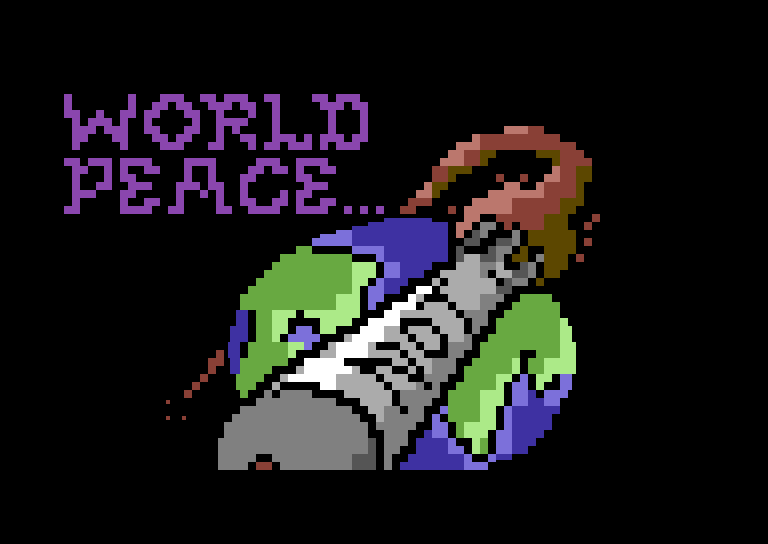
Sequential vs static
You could say that all these graphics were effectively animations back in the day, because the graphics were drawn sequentially on the BBS, character by character. The speed depends on the modem, which at the time was between 300 and 2400 BPS. You can compare the speeds in this video.
Offline, there were other options. I found two programs on the disks that I used: CG Viewer (very slow) and “CG Edit” (faster). I also used Petvjuscii (2003) which is really fast, and C/G Animator (1989) where you can set the speed yourself in BPS. I also used SEQ Viewer (1997) that actually shows the graphics as static images (and is also the only program I’ve found that loads PRG-files).
Unfortunately, the graphics don’t look the same in all these programs. Sometimes there are small errors, sometimes big. Sometimes you don’t know. This was frustrating in the capturing process, to say the least, but sometimes it creates rather beautiful data trash. I don’t know what causes this, but I’ve heard that there are different ways to store and retrieve PETSCII data. I dunno. There are still files that I didn’t manage to capture, so if you’re a PETSCII PRO, get in touch.
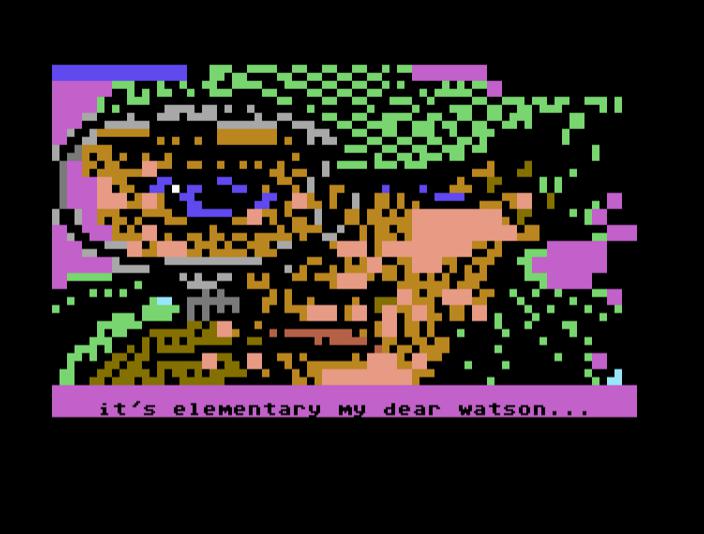
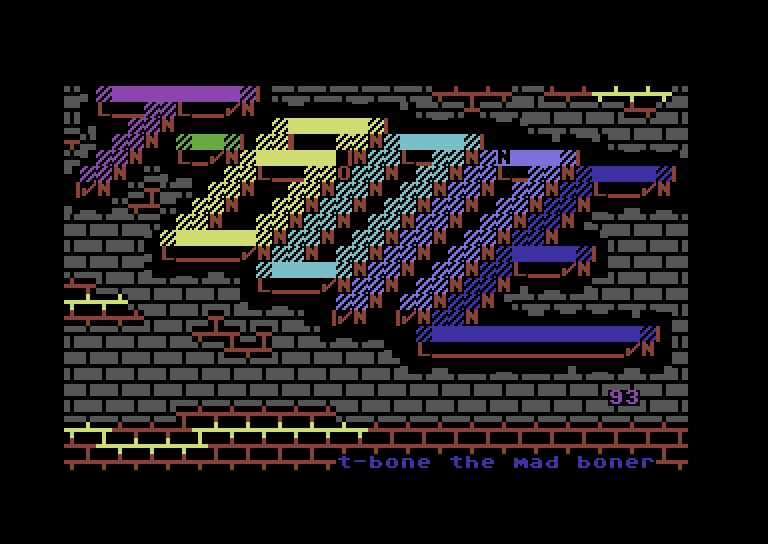
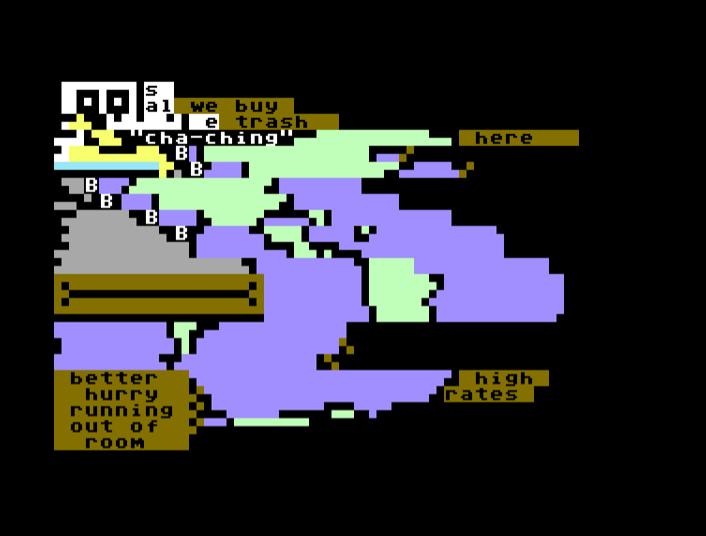
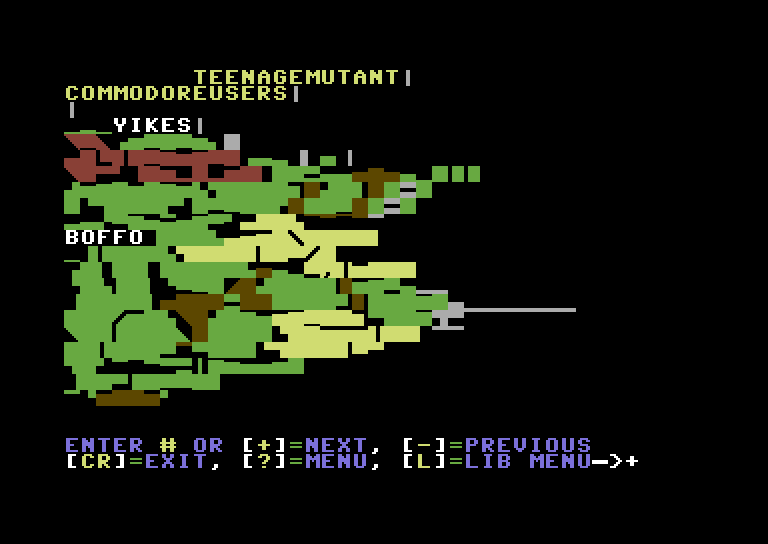
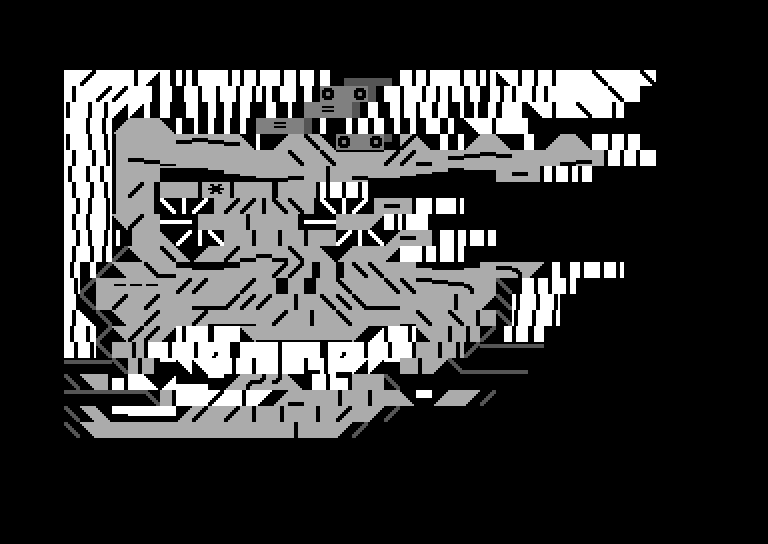
Animation
I’ve been fascinated with these sequentially displayed graphics ever since I saw Poison’s demos some 20 years ago. They were made with the so-called notemaker software Letter Noperator. Raquel Meyers and others in my demogroup got really into it, did things like this, and released Movie Noperator. Raquel still works with performances in this field. And in fact, we are just about to have a Noperator conference. :-)
Anyway, these works are not just linear streams of characters. They use control characters for cursor movements, toggling upper/lowercase, clear screen, etc, to create animations. It’s not unique to the C64 – it has probably been made on terminals since forever, and there are ASCIImations, ANSImations and break messages, for example.
Most of the animations on the disks are not very interesting. There are a lot of stick figures in silly adventures that are hard to follow. Some of them are extremely long, I think the longest one is almost 20 minutes (although running very slowly). There are a few more “scene-ish” animations, like Chameleon’s work for Incurable Addicition below.
Here is a long video with some of the animations from the archive. The list of animations is in the description of the video.
Artists
These are tags and artist names that I’ve identified, but there are definitely uncertainties and people left out by mistake. Feedback appreciated. Bold text are links to CSDb, which suggests a scene-relation. I’ve included tag or name in the filenames for searchability.
][ = maybe Infernal, ]<]) = KD (just my guess), Alcatraz1, AceMan, Animal, Apeman, Axis, Batman, BT, Billy the Kid (BTK), Buckwheat, BY, Chameleon (Cham), Chuckisoft, CK = maybe Copkiller but more likely Captain Kenby (Ken Nakatsu), Cleetus, CN, Comteacher, Cronos, Crow, Cthulu, Dan Levine, Dansan, Dark = maybe Darkwing, Deaks, Deann’s Dawn9 (maybe not a name?), DEF of Toga, Defcon, Digahole (DGH), D. Ferrari (DF), DH, Dockter Delirium Tremens Ph.D, Dog, Dog of War, Dokken, Drakamen Aveng, Dragonslayer (DS), DW, Edward T.H., EL = maybe Elmynster (aka Elminster), Eli, Elwood, Exel is possibly this, FP, Game Gorilla, George Jetson, GD, Gregg Sperling, Grey Stalker, Hacksaw (aka Kyle Cantin) maybe here, HC, Hammer Joe (HJ), HK, Iceman, Ickabod, IM, Impact, Incubus, infinity, Iron Lifter, Jed, Jim Isaacs, Joe Weider, Jon Sy, Kez Iban, Kajun, Keith, Keith Nelson, Keytapper (KT), Ladybug, Lightnin’, Lord Catavision (LC), Lethal, Link, Lucifer, Mad Dog, Mario Lanza, Mark Ad II, Matthew Joseph Hill, McCoy, Megadave (DHG), Mike Wood, Mister X, Night Ranger (NR), Omega Factor (OF, ().F.), Paul McAleer (PM), Pegasus, Power Station, Preacher, Quicksilver (QS), The Ram, Rambosmurf, Ray (Kathy Ray Smith, according to Baracuda), Rev Bud, Rudeboy (RB), RD, Red Blazer, RF, Rico, Rod S, RS Software, Ruffian, RW, Shoeshine Boy (SB), The Shark (SHK or T SHK), Silver Foxx, Skoal Keep, Slickforce (SF), Socks, Sonny, SP, Space Kase, Spartan, Sttick, Styles, TA, The American Eagle (TAE, possibly only a BBS-name), The Artists Guild (T.A.G.), T-Bone, TG, TH, Thinktank (Think, aka Tankanimation), TK, Twilyte (Lyte, TLT aka Tragedy TRAG), TofA, TP, Trister, Ture Seven (aka Ture 7), Unca Scrooge (Unca), UY, Uzzy, Vector maybe this, Vision (short for Visionary?), Visionary (Viz), Wangbar, Warp Sled, The Wave, The Wolf, Xray, Yoda, Zeph, Zodiac maybe this.
(psst, maybe “someone” should add Lord Catavision and Yoda to CSDb?)
Groups and releases
There were apparently groups dedicated to PETSCII graphics, like C/G Design with members like AceMan and Ture Seven. They would have been contemporary with early ANSI art groups like Aces of ANSI Art. There are not many traces of C/G Design, and eventually they turned into the group Second Dimension with PETSCII-artists like Ruffian, Tragedy (aka Twylite) and Vizz. In recent years, the group has started to release C64-demos again.
Inspiral Design is another group that has quite a few works on these disks by artists lik Chameleon, DOG, Lethal, Night Ranger, Silverfoxx and Visionary. The group was not CSDb, so I added it. It seems like they were mostly based in New York, and some of the members were later in the hacker/cracker group Robert Morris Jr. Computer Club.
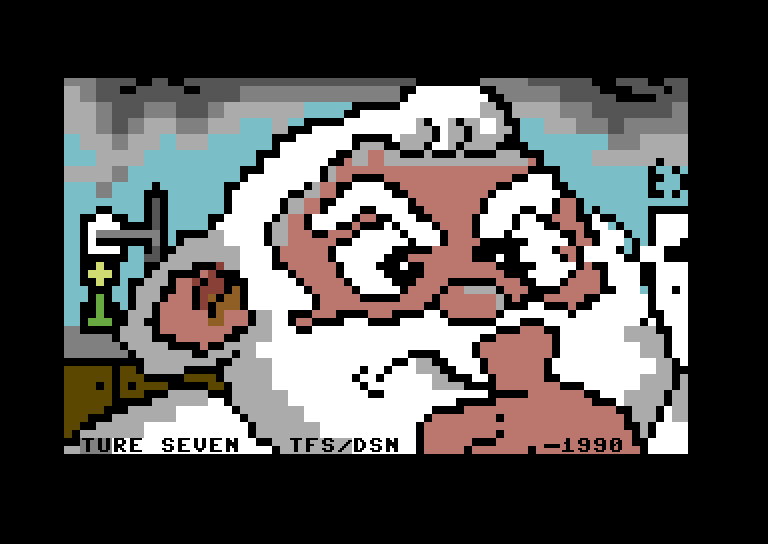
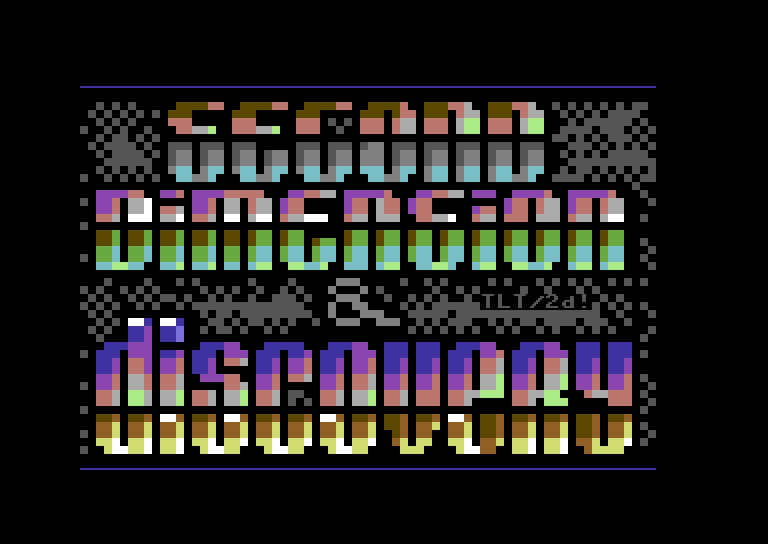
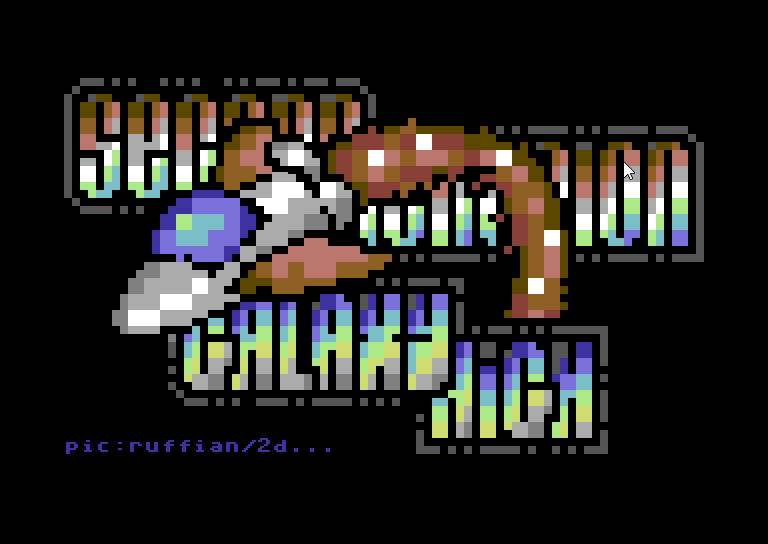
AISA was a strange find. It’s short for Atlanta Image Sysop Association, which makes you curious, doesn’t it? The sysops of Magoo’s Mansion and Hanger 15, both in California, were both members.
PETSCII is not known to be released as packs or collections, but there are a few examples on the disks. Shoeshine Boy, from Alameda CA, compiled Picture Disks with various artists (1987-1988), and Paul McAleer’s made a slideshow with his own stuff called Lo-Res Graphics. It’s not the best PETSCII ever, but the Picture Disks are helpful because they are dated and artists are credited.
Boards
Here’s a compact list of names that I’ve identified as BBSs. There are probably more. Search the archive for BBS-name to see its graphics. Links lead to CSDb, ie there is a scene connection. (I’ve uploaded graphics to them, unless the page was locked.)
128th Precinct, Acheron (sysop: Da Boss), Aftermath, Aliance #3 (name unsure, 619-569-8523) American Eagle (401-946-9152, sysop: The Eagle), Arts BBS (seems affiliated with Thinktank), The Asylum (possibly this), Attraction (Sweden), Barbary Coast, Bathroom Wall (312-756-3726), Bizzy Bee BBS (209-578-0435, mentioned in TINKTANK/example 1), Black Genesis, Black Nights (414-929-9188, sysop: Dungeon Master), Blitzkrieg (714-255-1094), Boardwalk, Bootcamp, The Casino, The Castle (sysop: Lord Drone), Catastrophic Failure, COB’s Corner (305)253-1494 (mentioned in tinktank/foreword), Commodore Connection BBS, Crash & Burn (305-238-0569, mentioned in tinktank/foreword), Deadzone, Death Dungeon (301-449-0444, sysop: Warrior), Diamond Back, Dictator’s of Death (sysop: Snoopy, cosysop: Heavy Metal, Digital Paint Palace (817-281-7009, sysop: Aaron Hightower), Divine Chaos, Down by Law (203-875-5454, sysop: Morrissey), Dragon’s Den, Dream land, The Dumb Board, The Dungeon (maybe this or this), Dungeon of Domination, Ed BBS, Electronic Playground (415-827-9193), Electronic Playmates BBS, Eternal Meltdown, Evil Island, Flight Deck, Forbidden Forest, Fone Company (919-983-8271), Galaxy High, Genocide, Godfather (312-894-3142), The Golden Citadel (602-486-8750, sysop: Lightning Jim), Grand Illusion (sysops: Starchild & The Beast), Great Lakes Network, Great White North, Hanger 15 (404-636-2136), Hardwired (sysop: The Possessor?), Hazard County (519-971-0391, sysop: Lucky), Hell (maybe this), Houses of the Holy BBS (519-971-0002), Howie’s BBS, Huntington Connection (sysop: Captain Video), Imaginations BBS (516-582-8814), Imminent Disaster, In Living Color, Incurable Addiction, Inner Circle, Interface BBS (312-403-0604), Jazz Club, Jesters Court (519-945-4730, see Paradise Lost), Ken’s Comic BBS, Knights of the Round Table, Laser BBS (see this), Last Chance, Last Wizard’s Realm (215-724-6912), Lord Vegas Castle (sysop: Lord Vegas), Lost Planet, Loverboy’s Motel, Magoo’s Mansion (404-634-6136), Member’s Only (sysop: Killer Mario, cosyop: Thinktank), The Midnight Flyer, Monster (Turkey) Music Emporium, Mystic Cavern, Mysts of Avalon, Negative Hemispheres (sysop: Rad Skater), New Age BBS, New Image (maybe this), The Normal Place, Nutt House (sysops: Slimbo & Kentucky Gal), Oasis BBS (804-461-2250), The Orchard, Outback-128 (708-366-0882), Outer Limits (217-398-3652, mentioned in mov.hole in 1), Paradise Lost (591-945-4730, sysops: Zeppelin, Jester), Pilot’s Associate (aka Don’t Panic), Pirate Busters, Pleasure Palace, Police Station, Pyro-tech BBS, Radical Transfer (sysop: Radical User), Realm of Darkness (431-0847, sysop: Shadow), Sanitarium (maybe this), Satan’s Hollow (TCM HQ), Scoreboard BBS, Severe Complication(s), Silicon Realms (209-754-5530, sysop: Joe Commodore, mentioned in TINKTANK/CG EDIT), Snake Pit (543-110, sysop: Mongoose), Soopy’s Doghouse (sysop: Snoopy), South of Heaven, Space Station, Stage Door (sysop: The Director, cosysop: Moon Rock), Starfleet Command (305-366-0132), Stargazer BBS (217-892-2753, mentioned in mov.hole in 1), Suburbia BBS (217-337-6312, mentioned in mov.hole in 1), Technodrome (Germany), Telefieds (sysop: Nomad), Terror Tower, Temple of Apshai (312-7366-6072), Texas 64, Time Warp (312-426-6292, sysop: The Doctor), Torture Chamber (sysop: Punisher), Totally Insane Warez, Trading Post (sysop: Ford Man), Tri Nebula, Twilight Zone (519-966-4520), Underground Network, Underwarez (sysop: Erradicator), Undiscovered Country (800-859-9698), User Hero (sysop: Thinktank), Warez Syndicate, War Zone (714-441-2210, sysop: Warlord), Westpoint (Denmark), White Stallion (813-654-4847), Wise BBS (maybe this), Wizard’s Palace (maybe this), Wizard’s Realm (312-462-8067), Xenet BBS (513-372-3373)
PETSCII killed the C/G-star
There is no mention of PETSCII on these disks. It’s mostly called C/G, which is the common term on C64-boards still today, afaik. I’ve had the impression that C/G is short for Character Graphics, but that’s not the case on these disks. It’s either Color Graphics (CGFILES.D64/cg viewer, CG011.D64/the casino cg) or Commodore Graphics (CG008.D64/huntington connection bbs).
C64-boards often have a feature to toggle C/G on or off. Off means that non-C64 users can access the BBS, so I suppose it’s more or less like ASCII? In Thinktank’s graphics for Catastrophic Failure BBS (TINKTANK/CF) the toggle is expressed as ASCII or GFX.
Lores is another term used at the time, for example in CG008/VISION AD 2 and Paul McAleer’s slideshow LORES ART. Elsewhere you can find PETSCII-programs such as Lores Draw and Lores Screen Editor Royal (Loser).
The term ANSI was also in use. The Midnight Flyer BBS is advertised as supporting “Ascii/Ansi/ColorGfx” (CG006/MF CASTLED). I’m not sure what to make of that. Elsewhere, later, ANSI is basically synonymous with C/G (the program SEQ Shower is aka ANSI View). The terminal program CCGMS specified ANSI in one version. Sometimes, ANSI meant actual ANSI compatibility with a DOS font and 80-columns, like here.
Btw, check out this anti-ANSI/IBM animation from 1986: Robosledge by Jeff Neilson.
Notes on preservation
Each disk has its own folder, to maintain the context of the original ‘curator’. I’ve tried to capture all files and remove any duplicates, and the files I’ve failed to capture are listed in missing.txt, if any. The start of the file names are the same as on the disk, mostly. I’ve added (author YEAR) where known, and I’ve sometimes added keywords and comments to improve searchability.
The images are frozen documentations of something that were effectively animations, as mentioned before. They are also cleaned up. For example, there are graphics that were ‘recorded’ from a BBS, so you can see a message header just before the image is shown. It’s also worth mentioning, that the files on a C64-disk are not ordered alphabetically, so the order of the files can hold some clues.
Most of the files are in the SEQ-format, which is more or less standard. Others are in the PRG-format, although they are not executable. Regular PETSCII-viewers can’t read them. SEQ Viewer displays them, but only as static images so animations don’t work.
Issues
Files that are named in lowercase have incorrect resolution and JPG-compression. Most of them have been replaced with correct files, named in uppercase, but not all. The correct ones were captured with VICE 2.2 in double resolution, with the Ptoing palette.
Someone should really make the ultimate PETSCII viewer! How about a browser software that takes D64-files and outputs PNG and MP4? It should read SEQ and PRG, handle MCI-commands, display the files as animations or static images, allow for different speeds and feature a toggle for lower and uppercase. Who’s gonna make it happen? :-)
I don’t know how to show animations saved as PRG-files.
I’m not sure if all the graphics have been captured in full. It is possible that I’ve only captured parts of a picture, when it was in fact an animation or multiscreen graphics.
Some files seem to contain so called MCI-commands for BBS-systems like C*Base. CG003/ANIM is an animation in colour, and CG003/ANIM1 is a monochrome version of the same animation, but it contains £X commands, where X sets the colour in C*Base. It’s the same with EXAMPLE 1-3 in TINKTANK.D64. On the other hand, S.CHAT in C-G003.D64 is in colour but still contains £X commands. CG Edit in TINKTANK.D64 by Joe Commodore reads MCI and at least displays files like EXAMPLE 1-4 correctly.
Btw
Todo
The main thing is to capture animations saved as PRG. There are many files like that.










